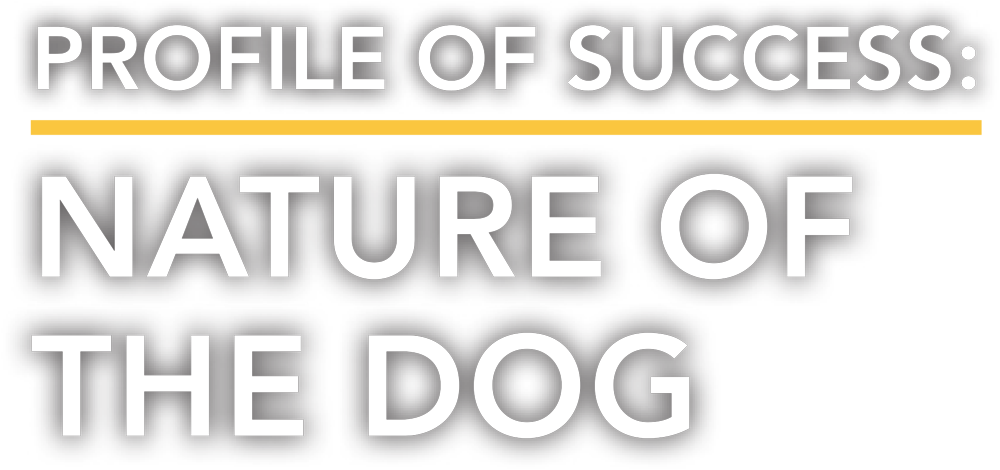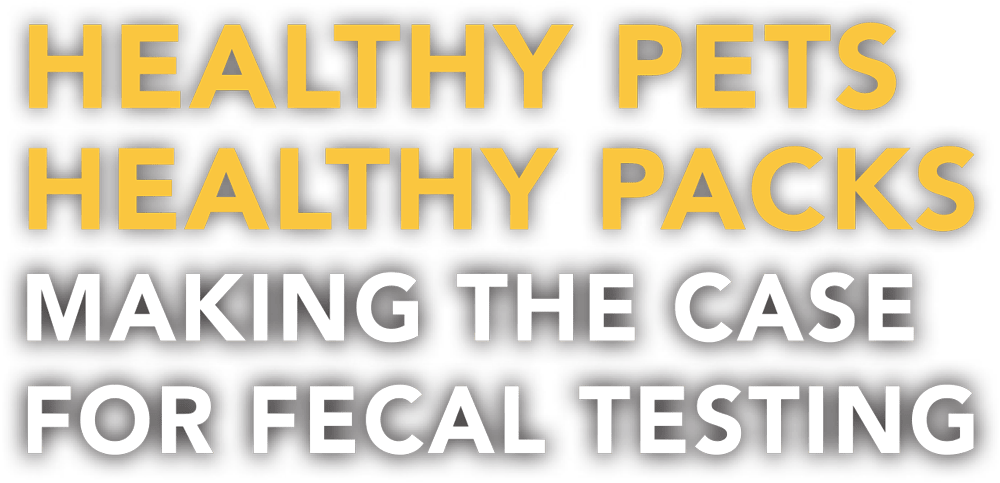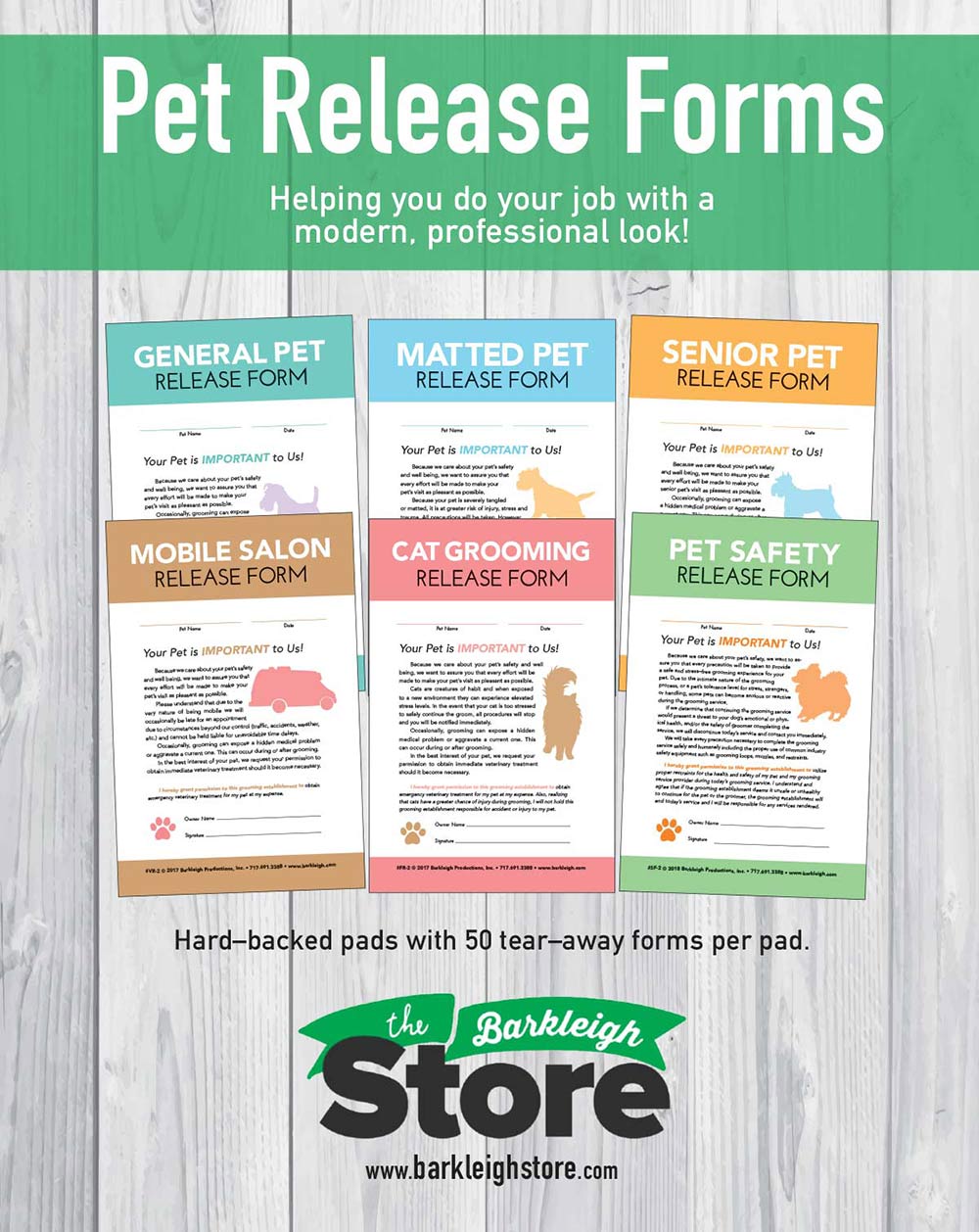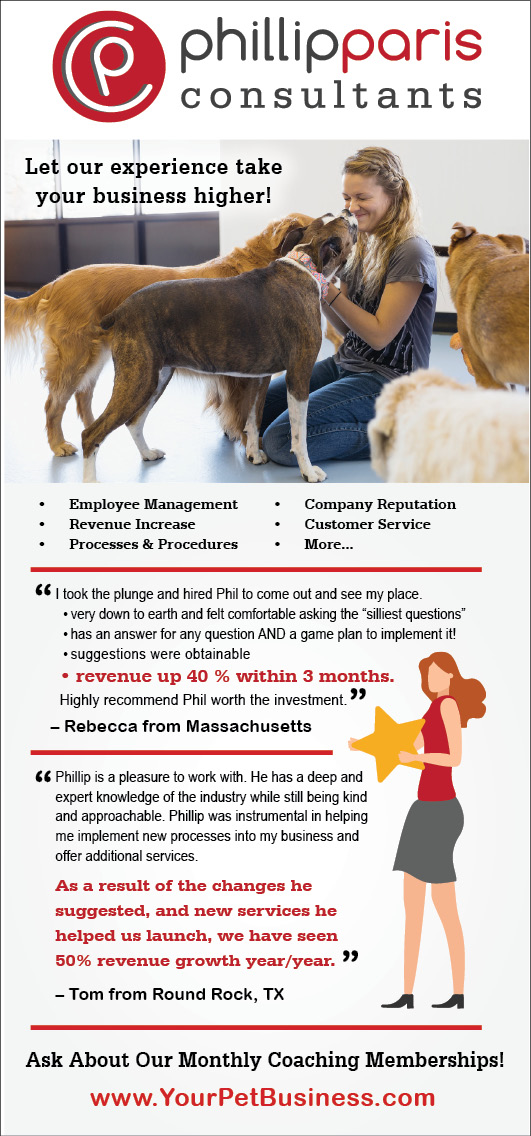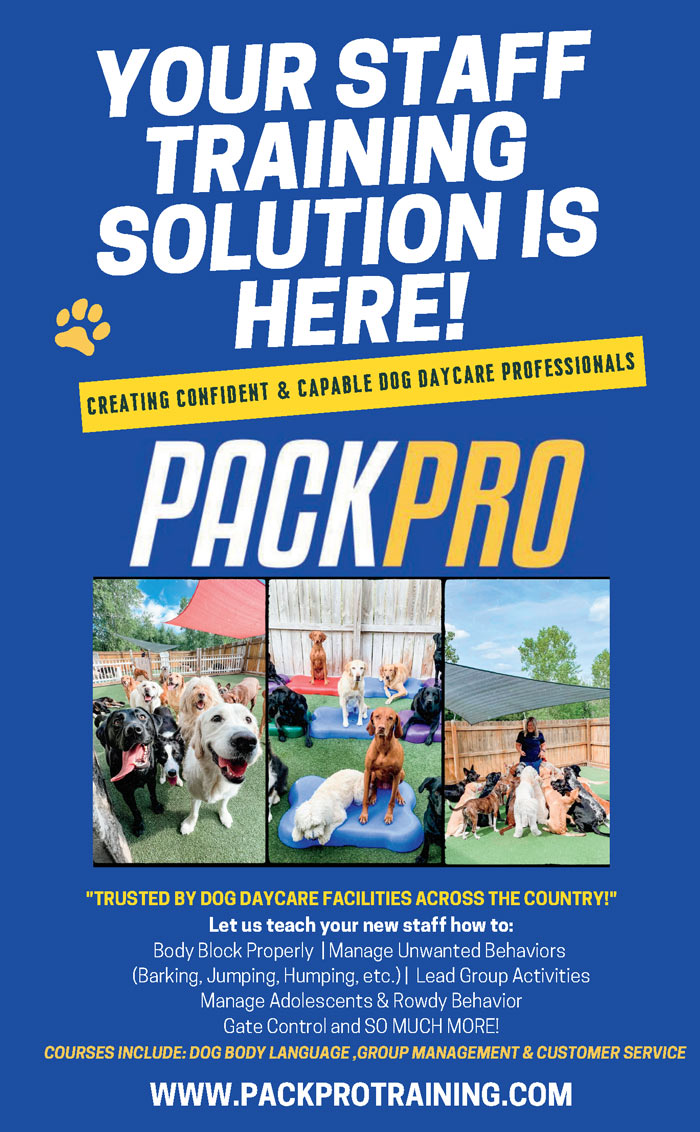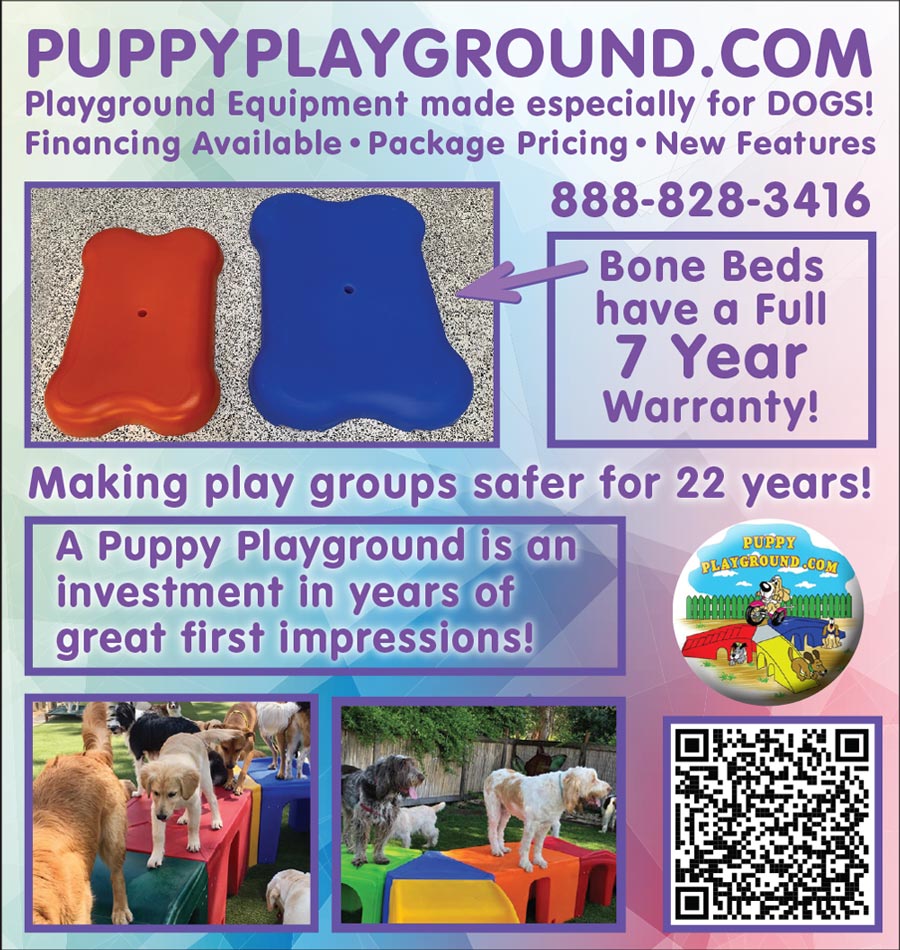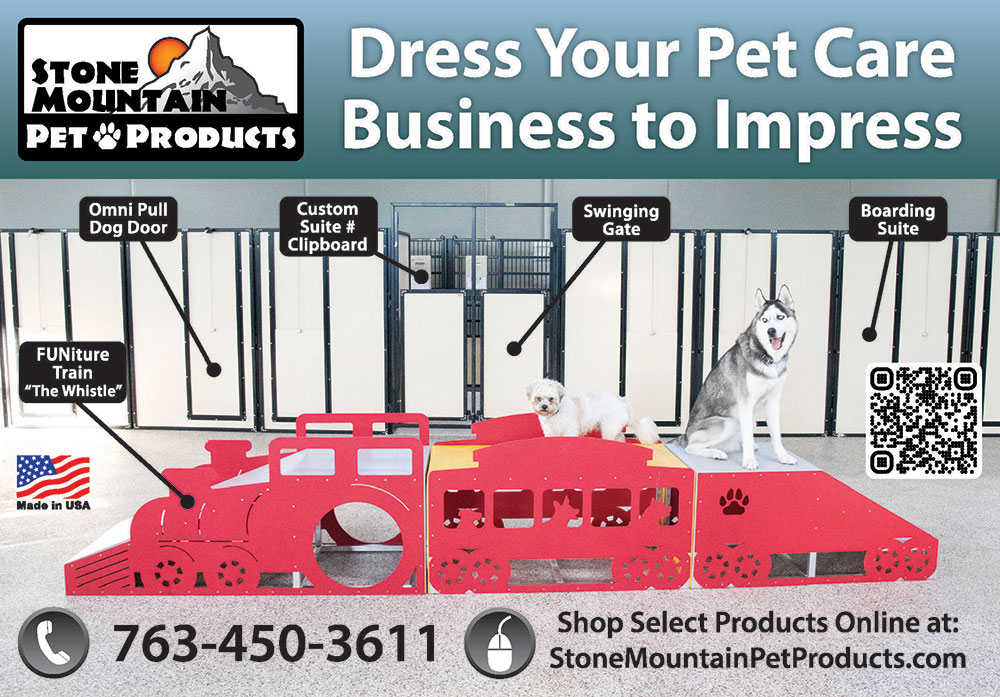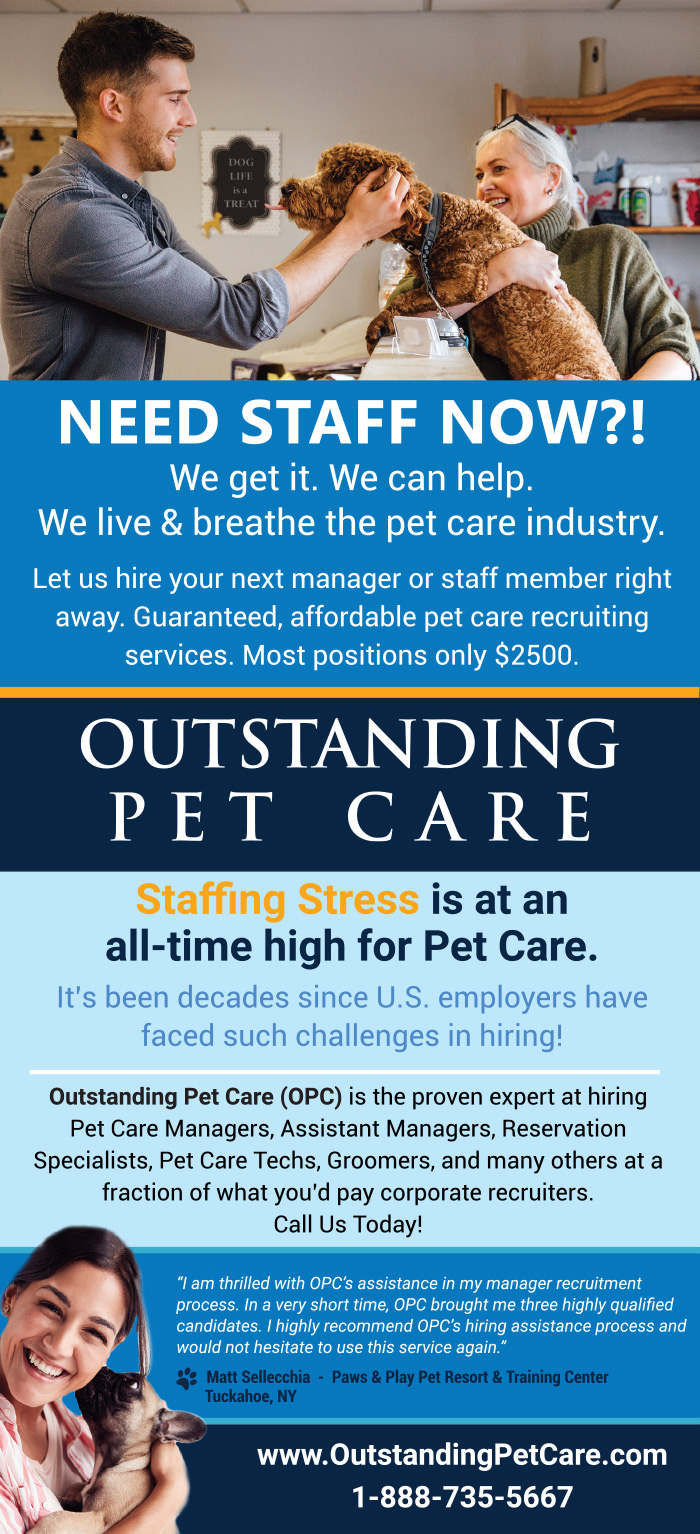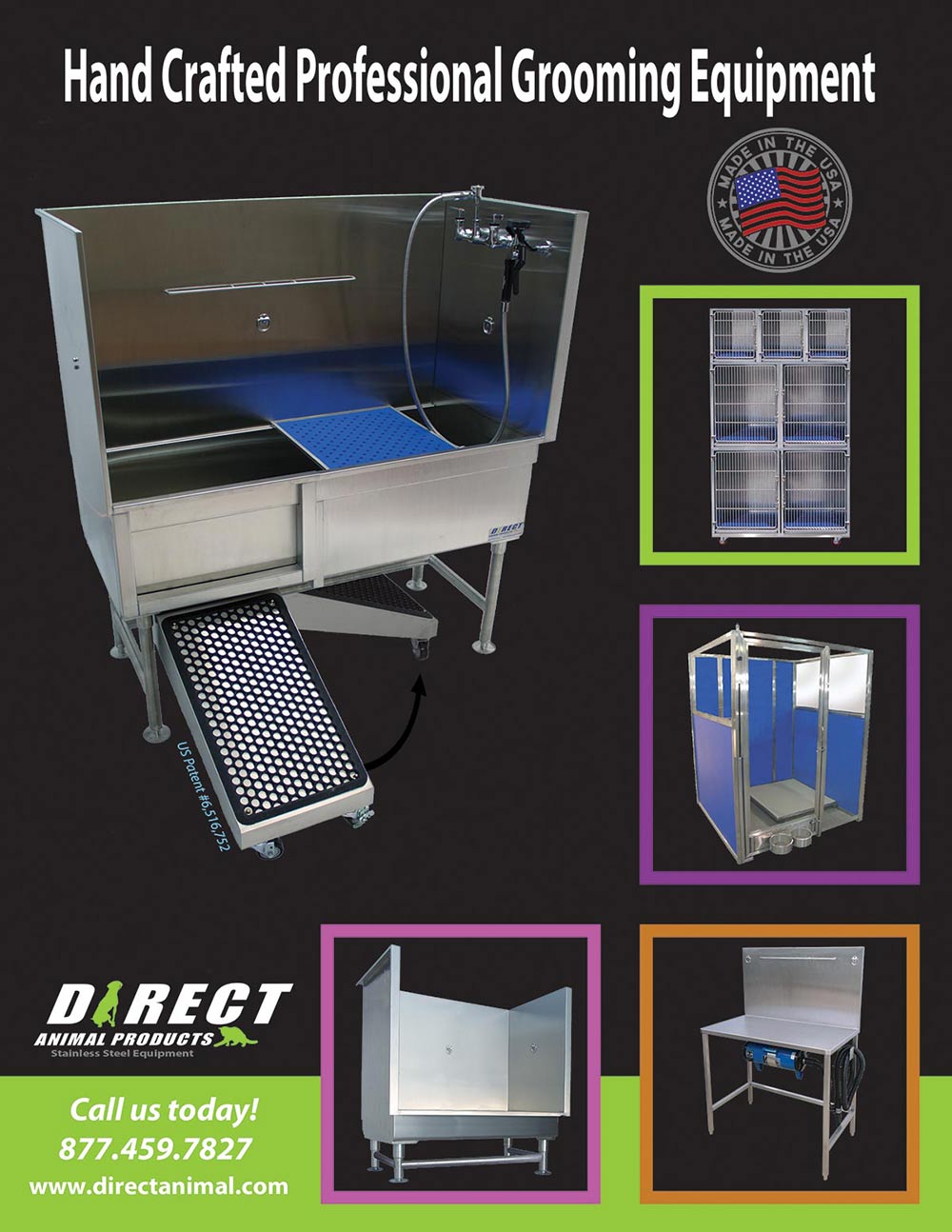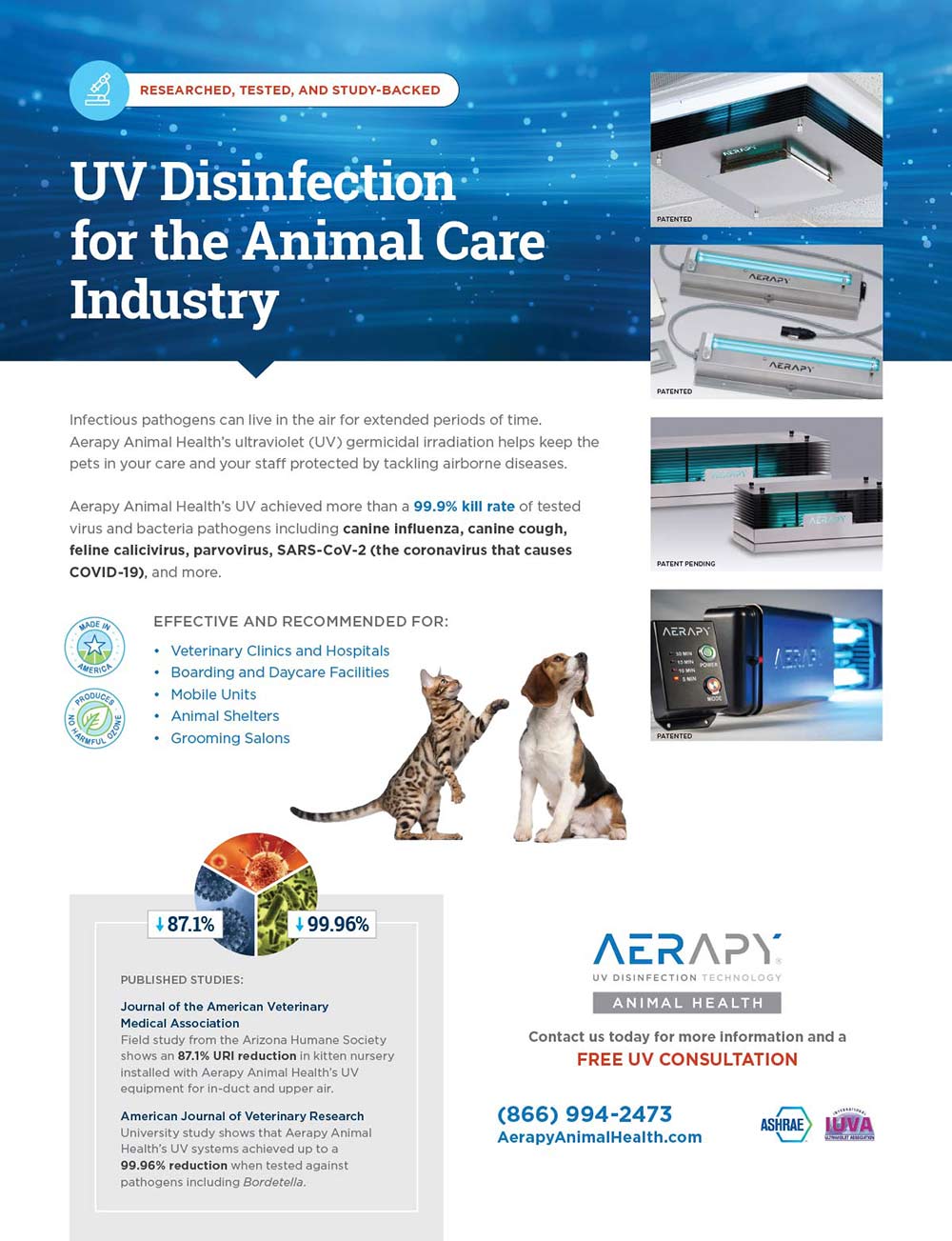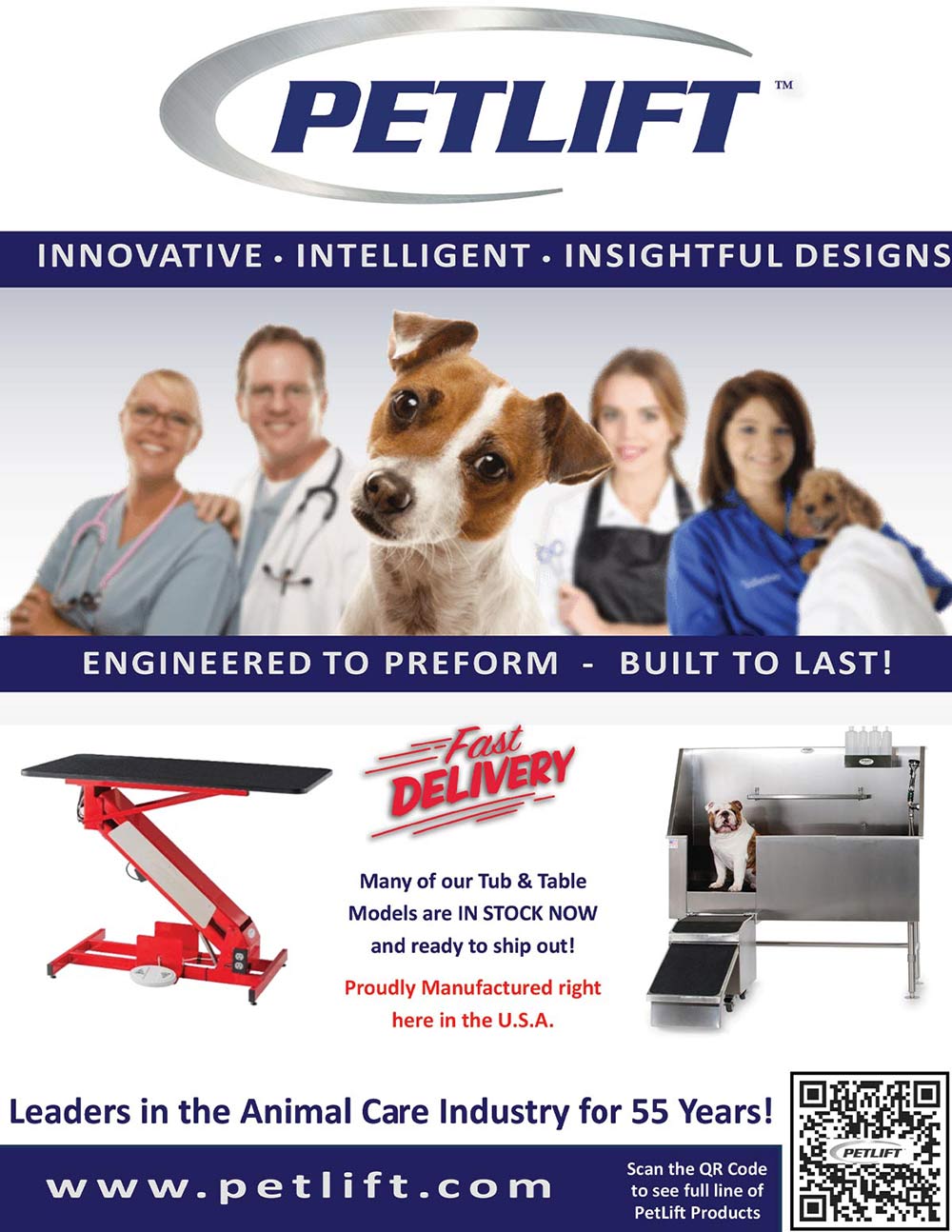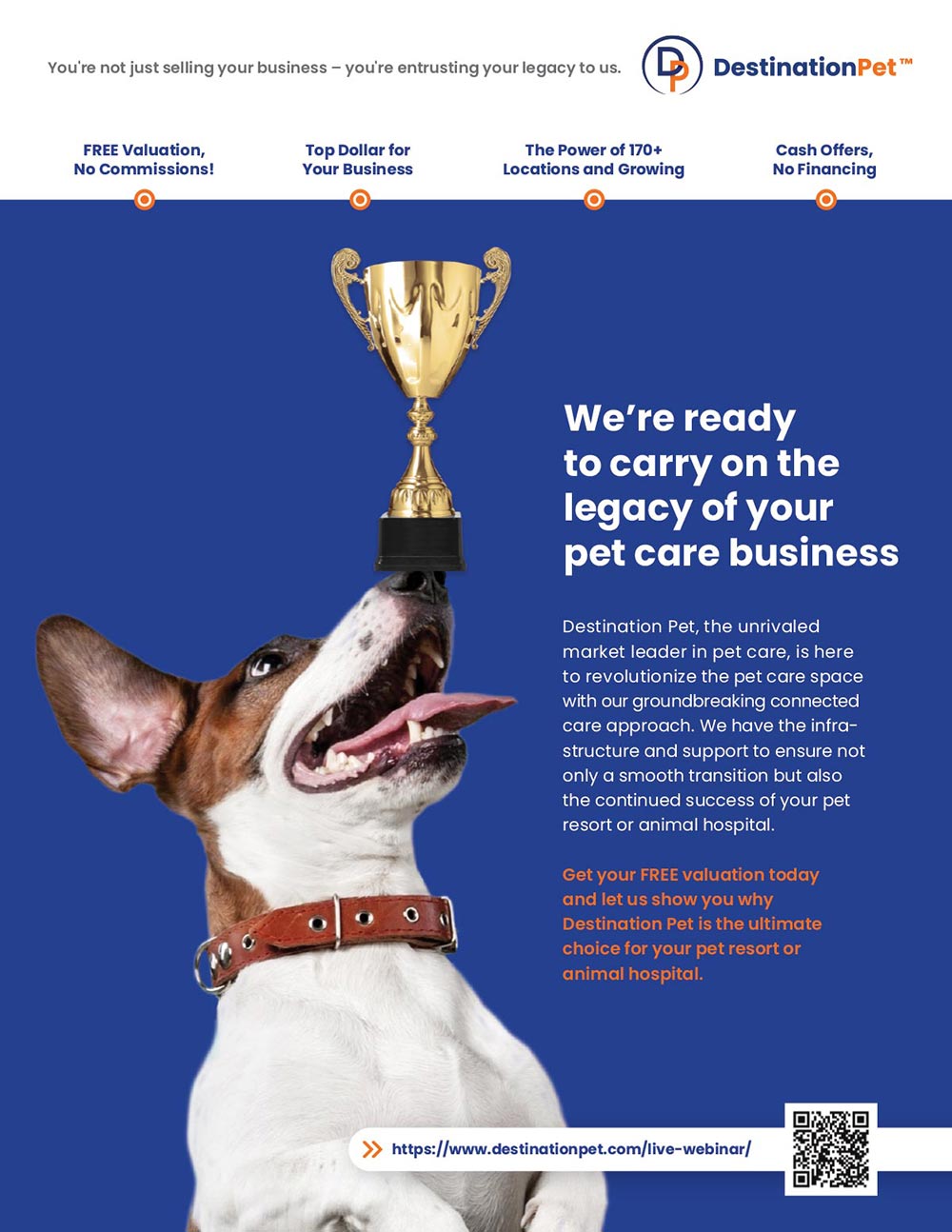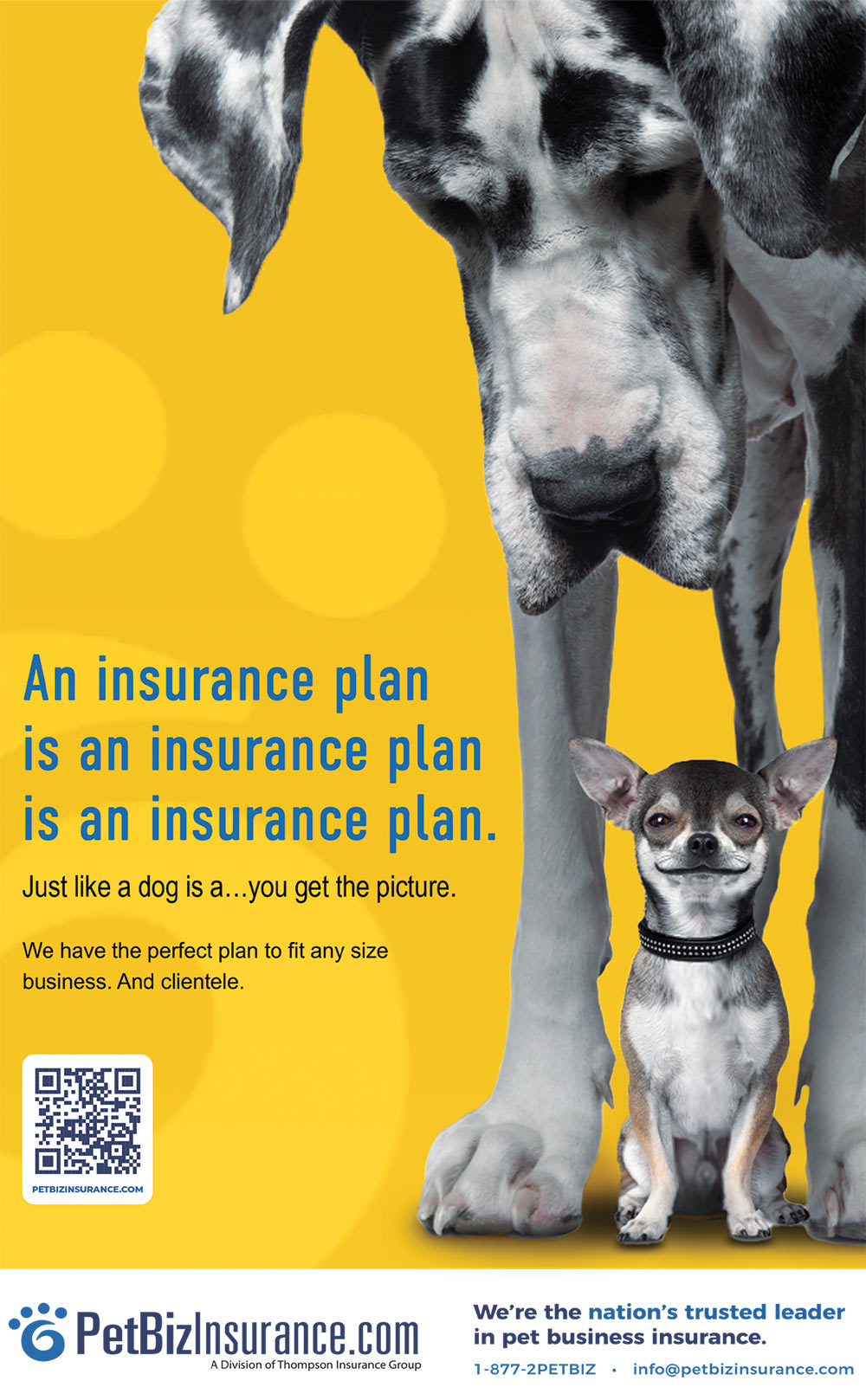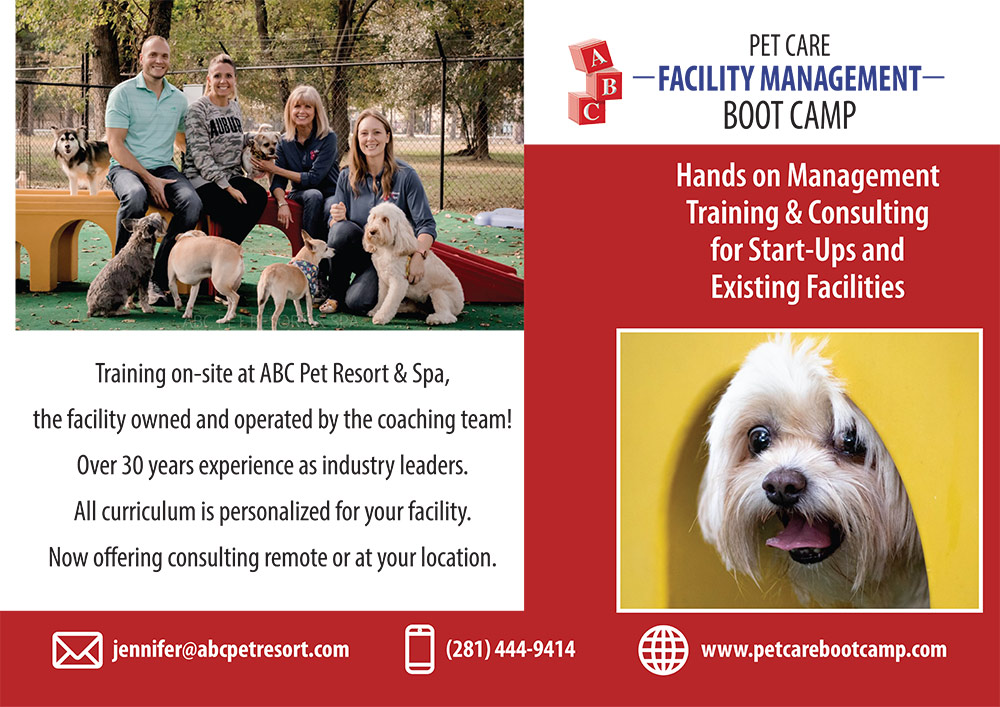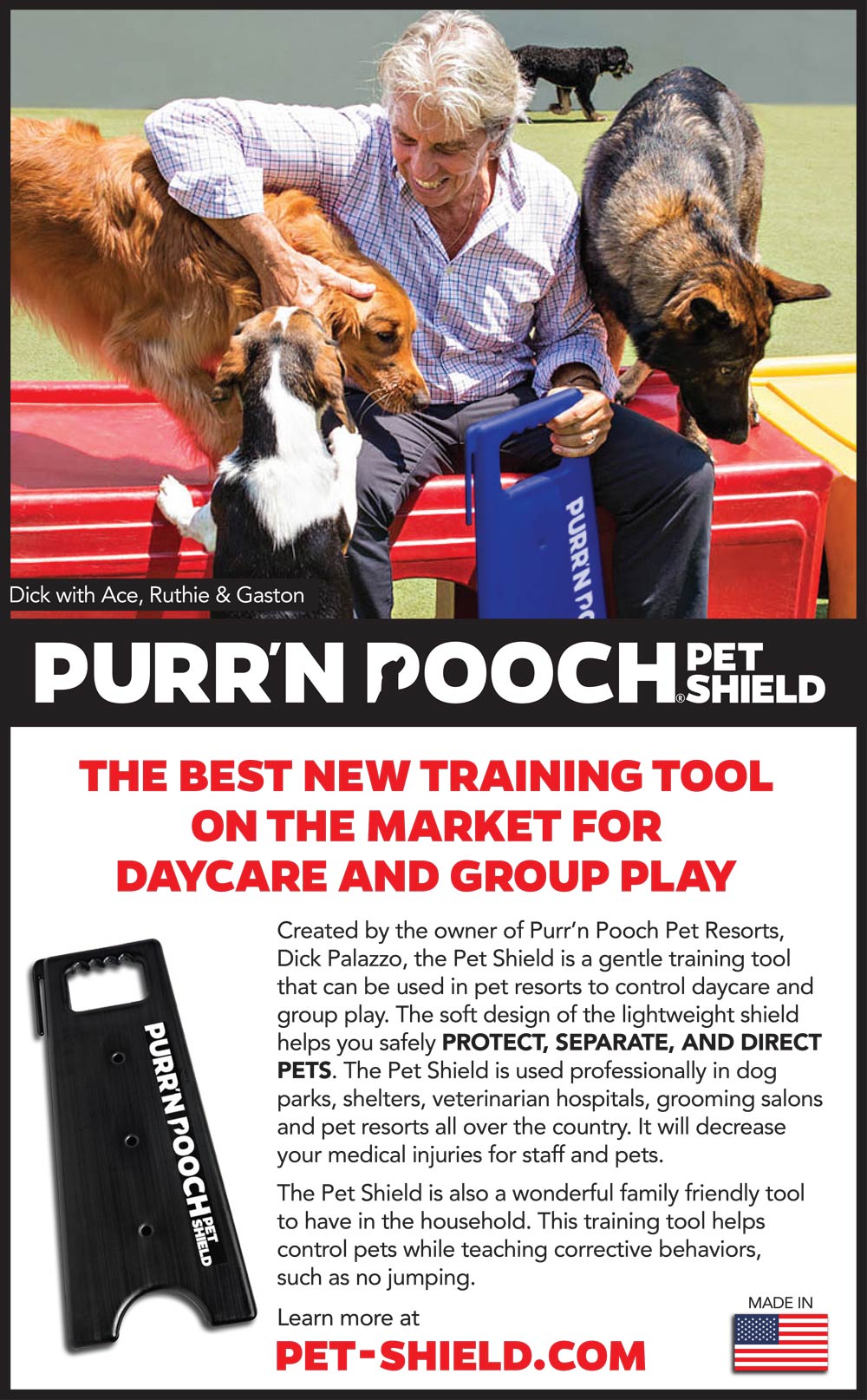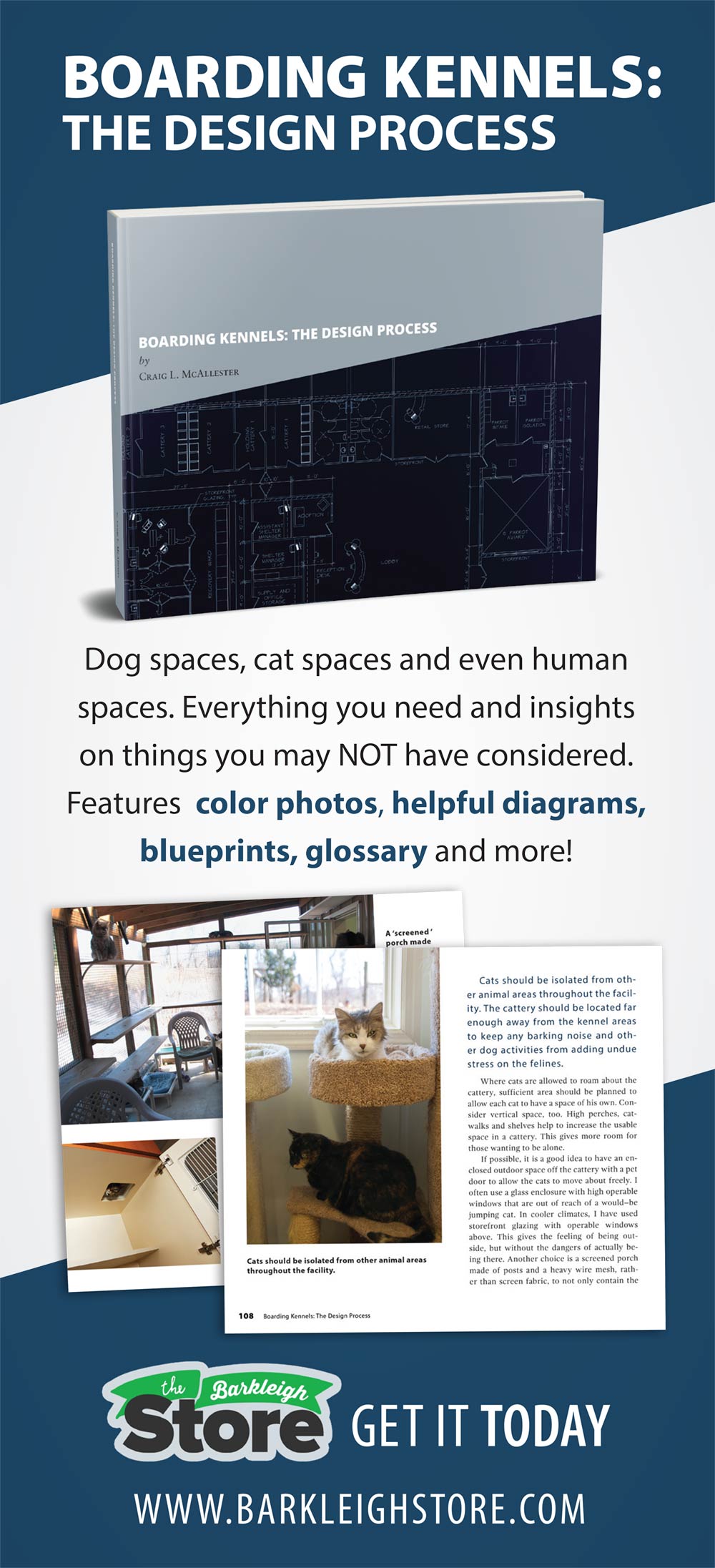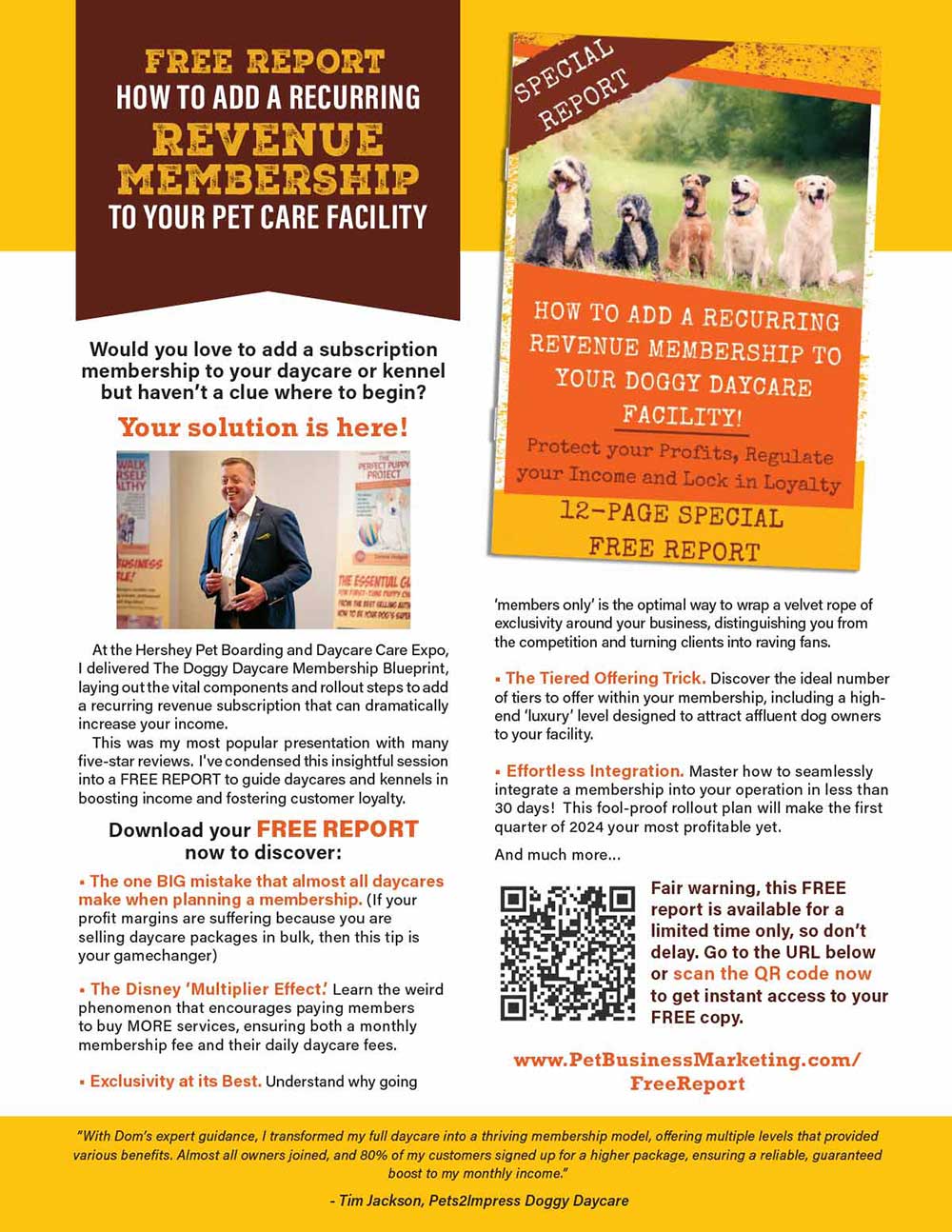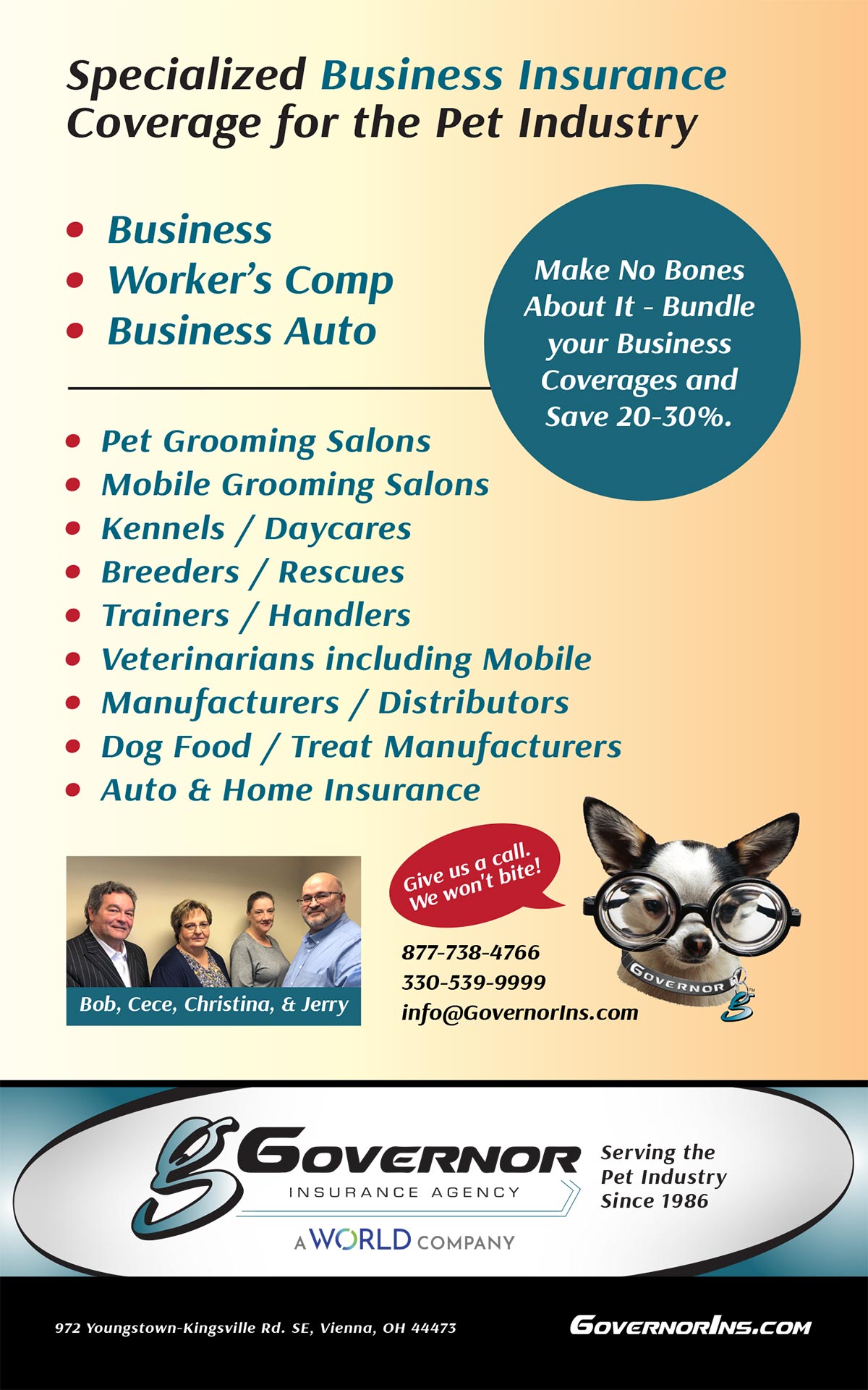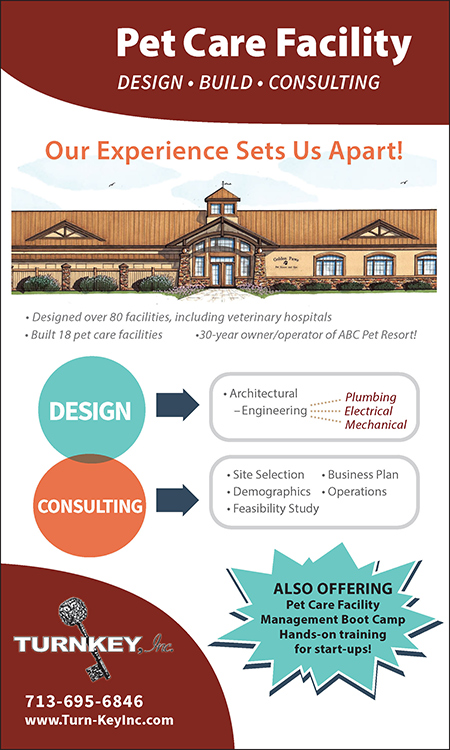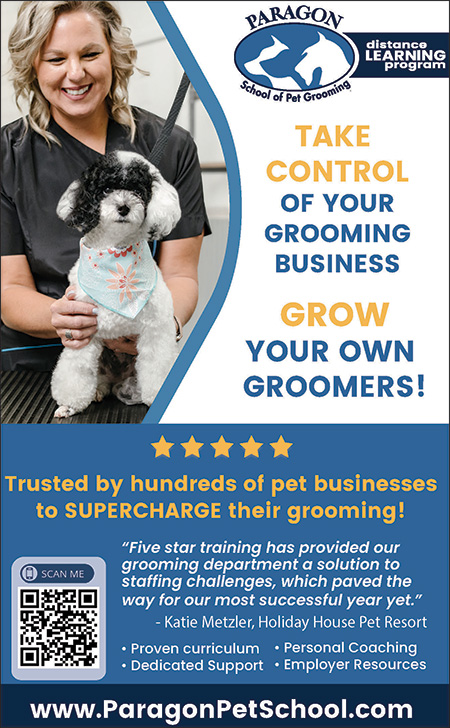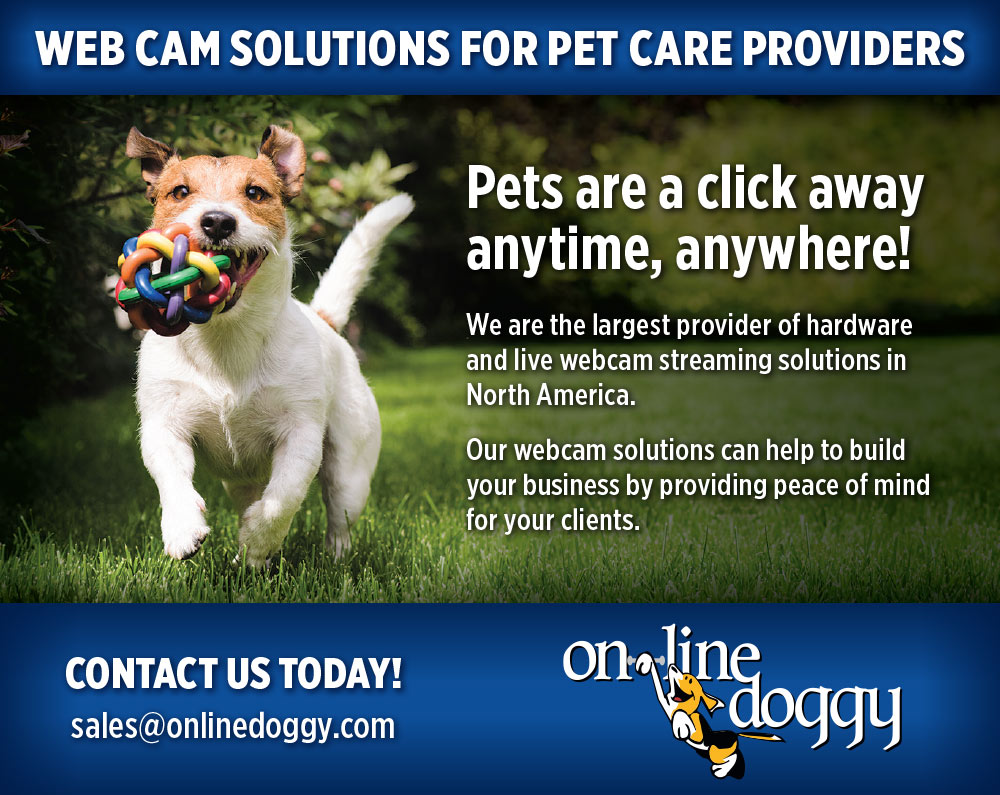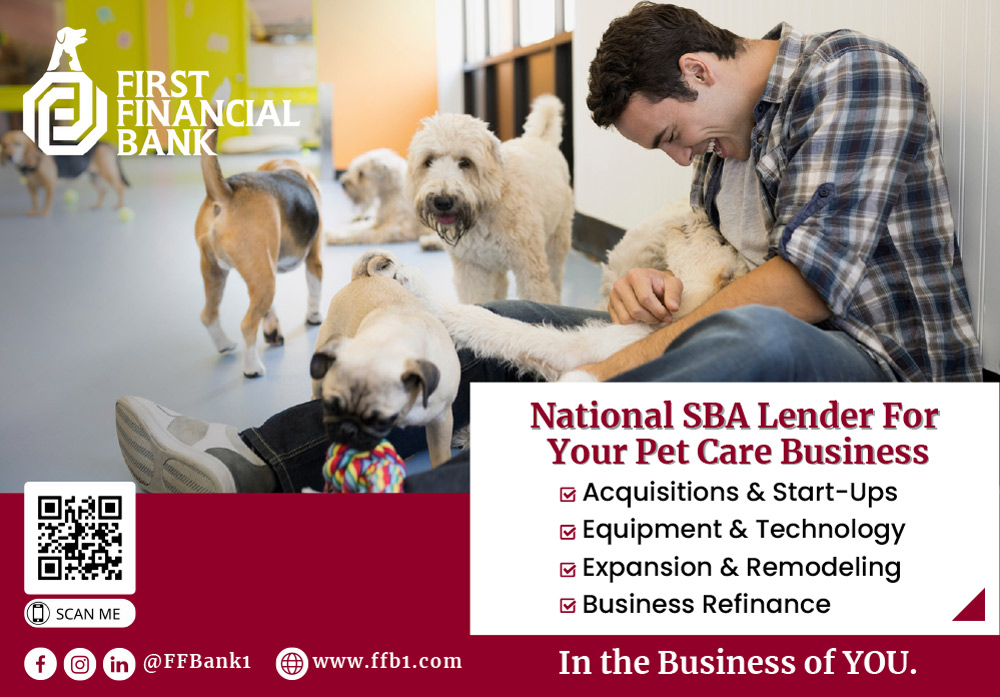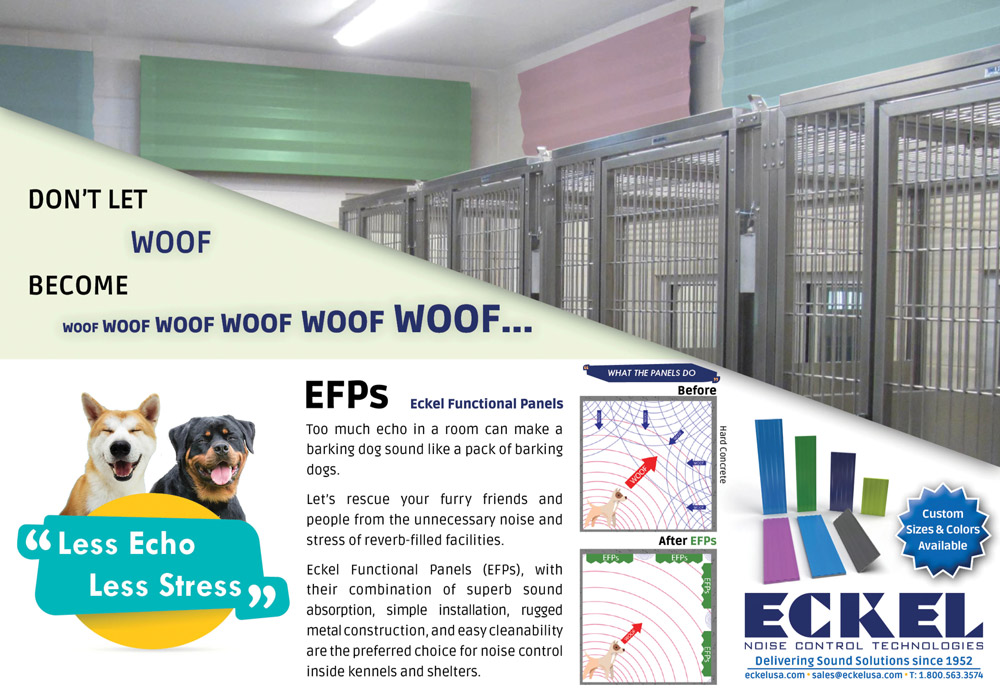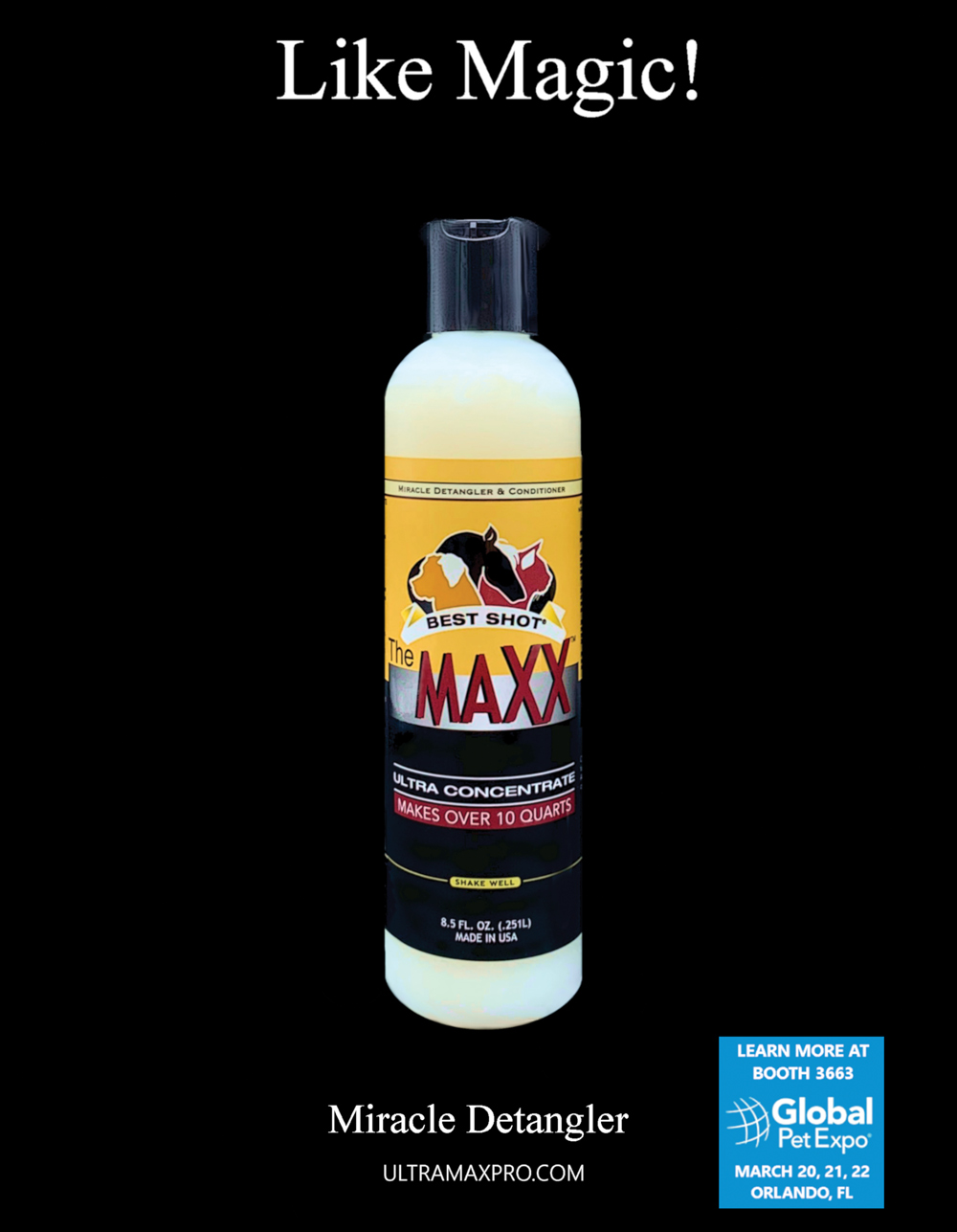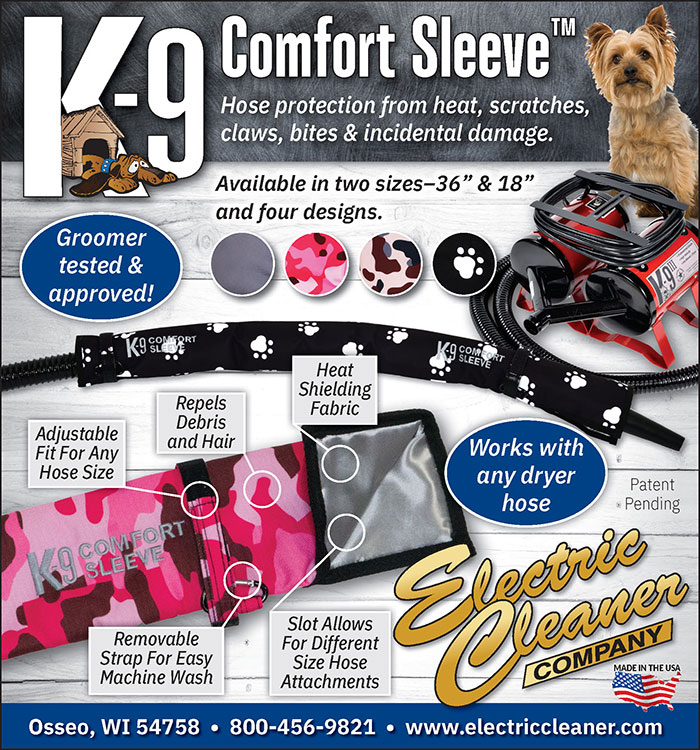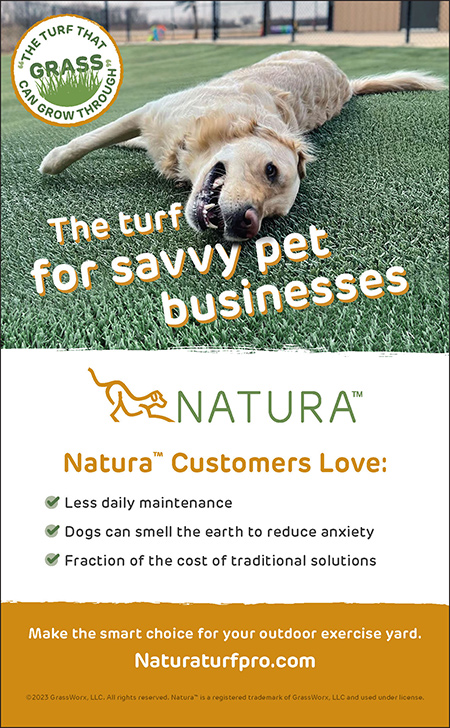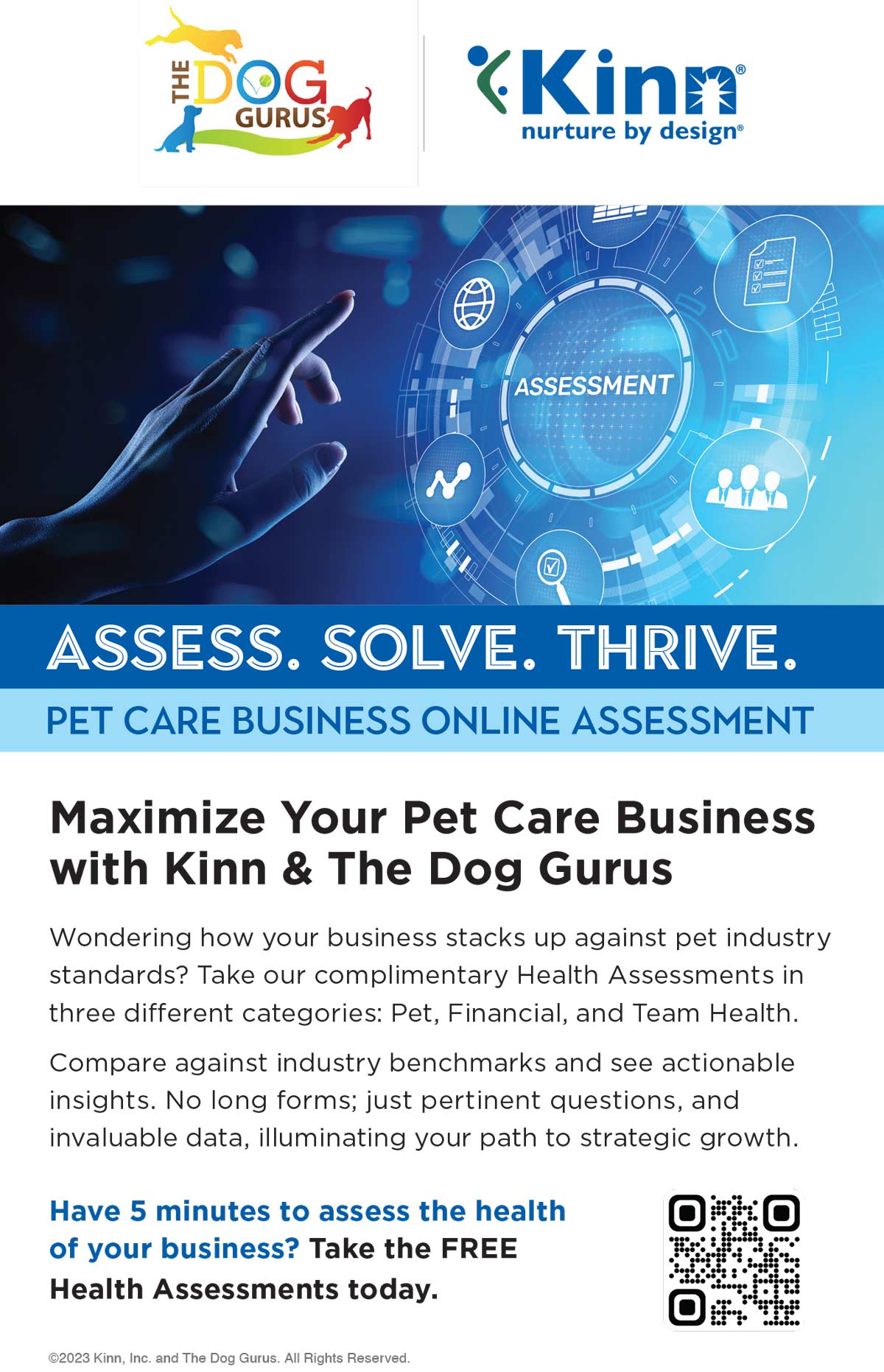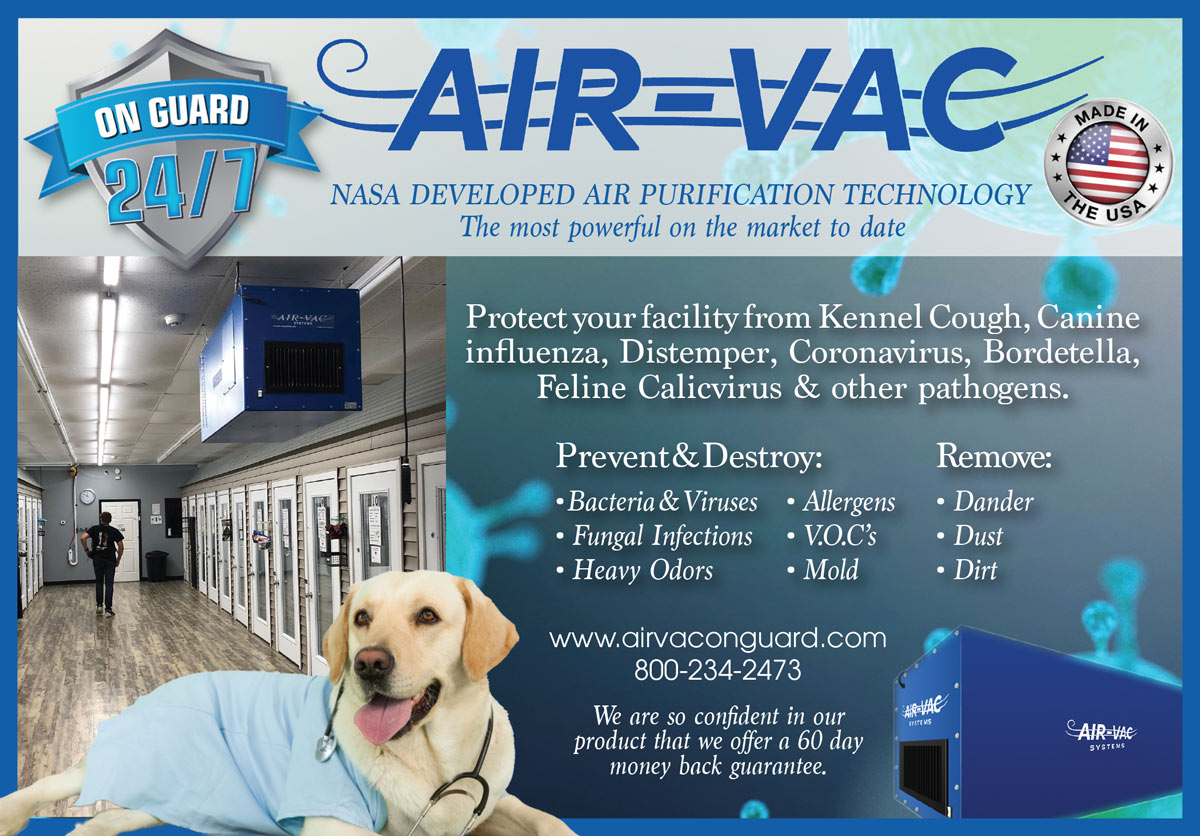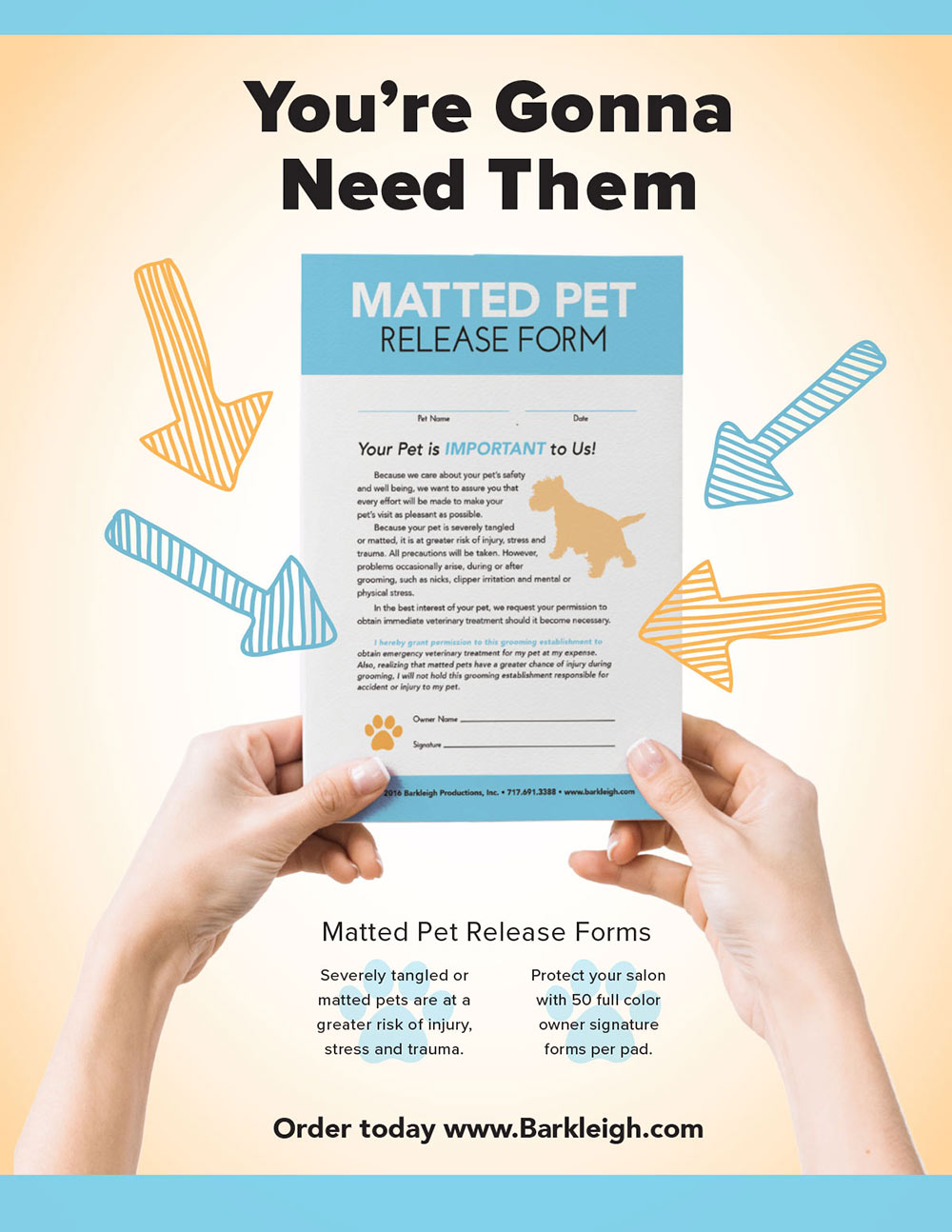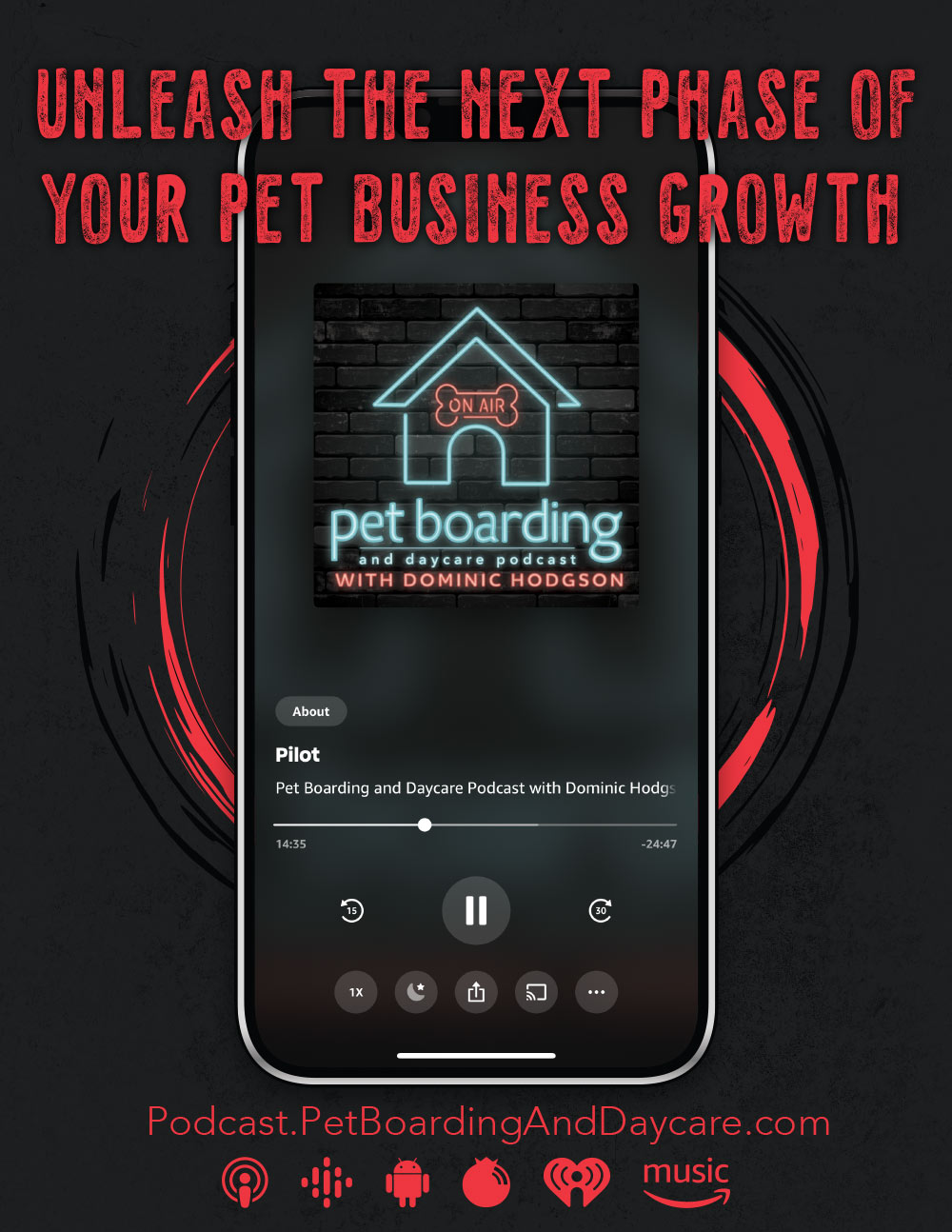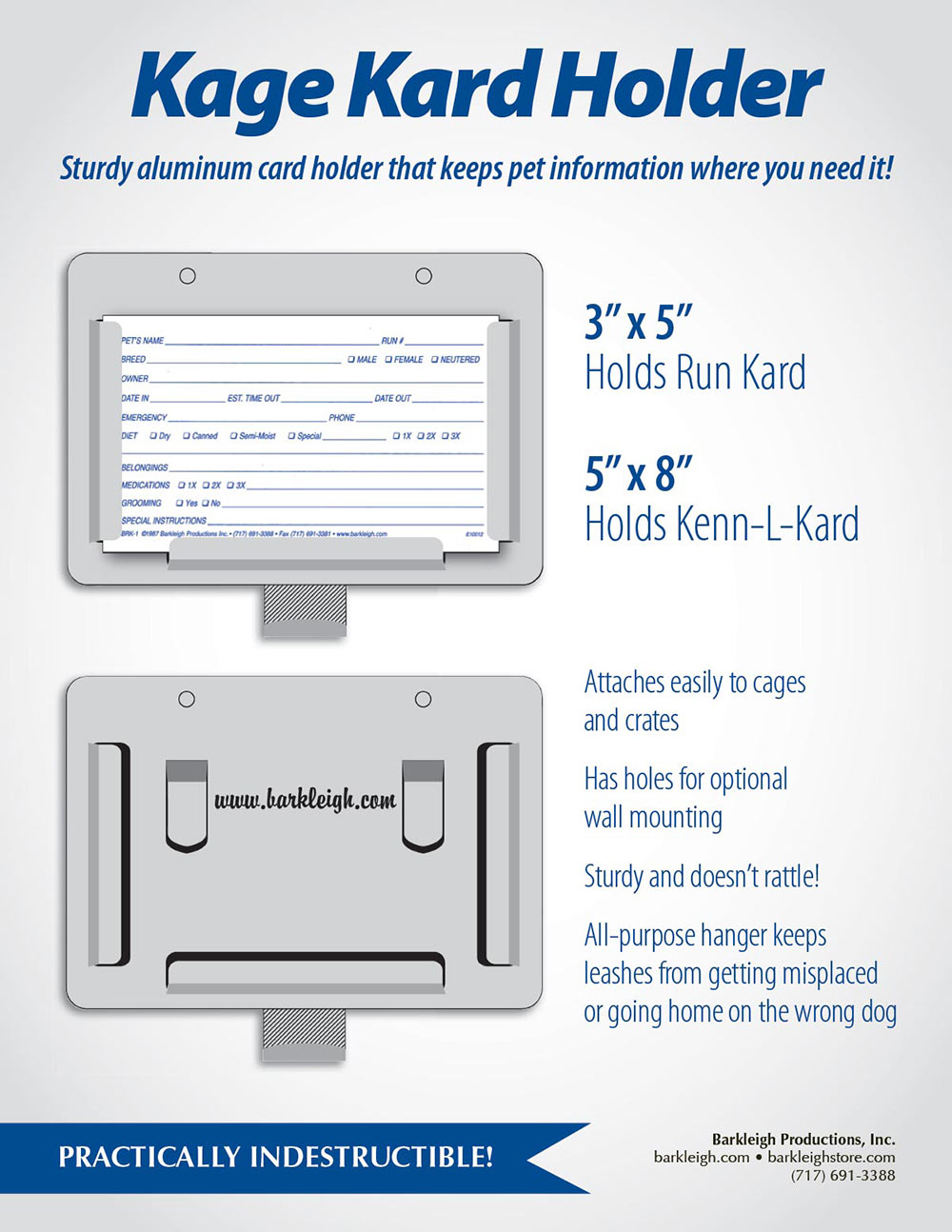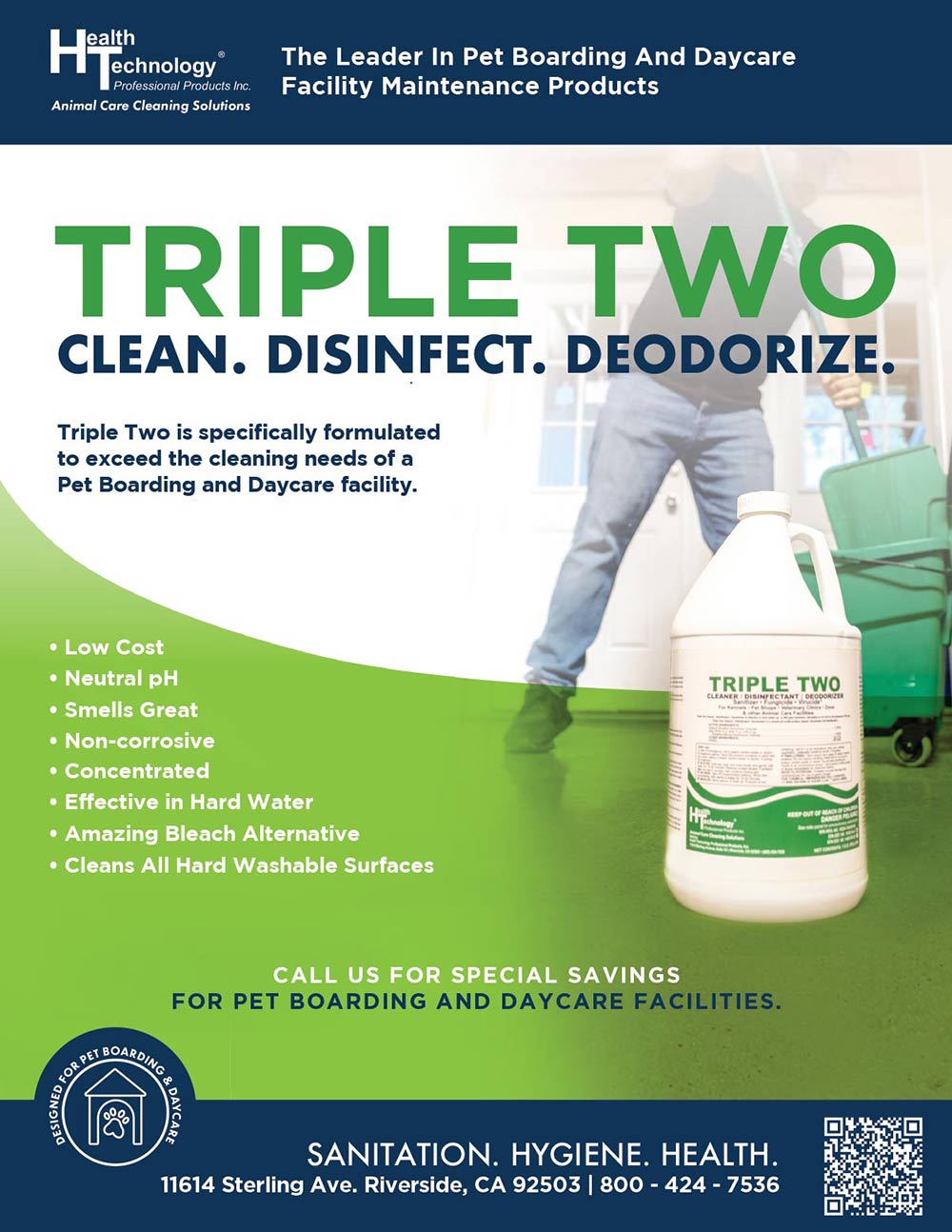Staff
Barkleigh Productions, Inc.
Rebecca Shipman
Laura Pennington
Brandi Aurelio
Carlee Kubistek
Luke Dumberth
Todd Shelly
Gwen Shelly
Adam Lohr
James Severs
Karin Grottola
Cassidy Ryman
Evan Gummo
CONTACT
General: (717) 691-3388
Editorial: rebecca@barkleigh.com
Advertising: james@barkleigh.com

Think Tank
- Aerapy15
- Air-Vac58
- Alpha Tech Pet33
- Barkleigh – Stay Updated36
- Barkleigh Store – Boarding Kennels30
- Barkleigh Store – Feline Grooming49
- Barkleigh Store – Forms3
- Barkleigh Store – Holistic Pet Grooming44
- Barkleigh Store – Kage Kard Holder63
- Barkleigh Store – Kenn-L-Kards44
- Barkleigh Store – Matted Pet Form55
- Barkleigh Store – PetRef Kards51
- Barkleigh Store – The Rosetta Bone62
- Best Shot Pet47
- Bio Ox40
- Business Insurers34
- Clean Wise11
- Destination Pet19
- Direct Animal Products13
- Dog Kennel Flooring14
- Eckel48
- Electric Cleaner Company51
- First Financial Bank46
- Governor Insurance Agency35
- Groom Expo West59
- Gyms for Dogs60
- Health Technology16
- Health Technology64
- K9 Grass2
- Kinn & The Dog Gurus57
- Kuranda Pro5
- Live Oak Bank42
- Natura Turf Pro52
- Online Doggy45
- Outstanding Pet Care18
- Pack Pro Training8
- Paragon41
- Pet Biz Insurance22
- Pet Boarding and Daycare Podcast61
- Pet Business Insurance56
- Pet Business Marketing31
- Pet Care Boot Camp26
- Pet Lift17
- Pet Shield28
- Pet Vet Magazine25
- Pet Vet Sales53
- Phillip Paris Consultants7
- Presidio Kennels21
- Puppy Playground9
- Snyder Mfg.37
- Stone Mountain Products10
- Turnkey Inc.39
- Uricide27
- World Pet Association23
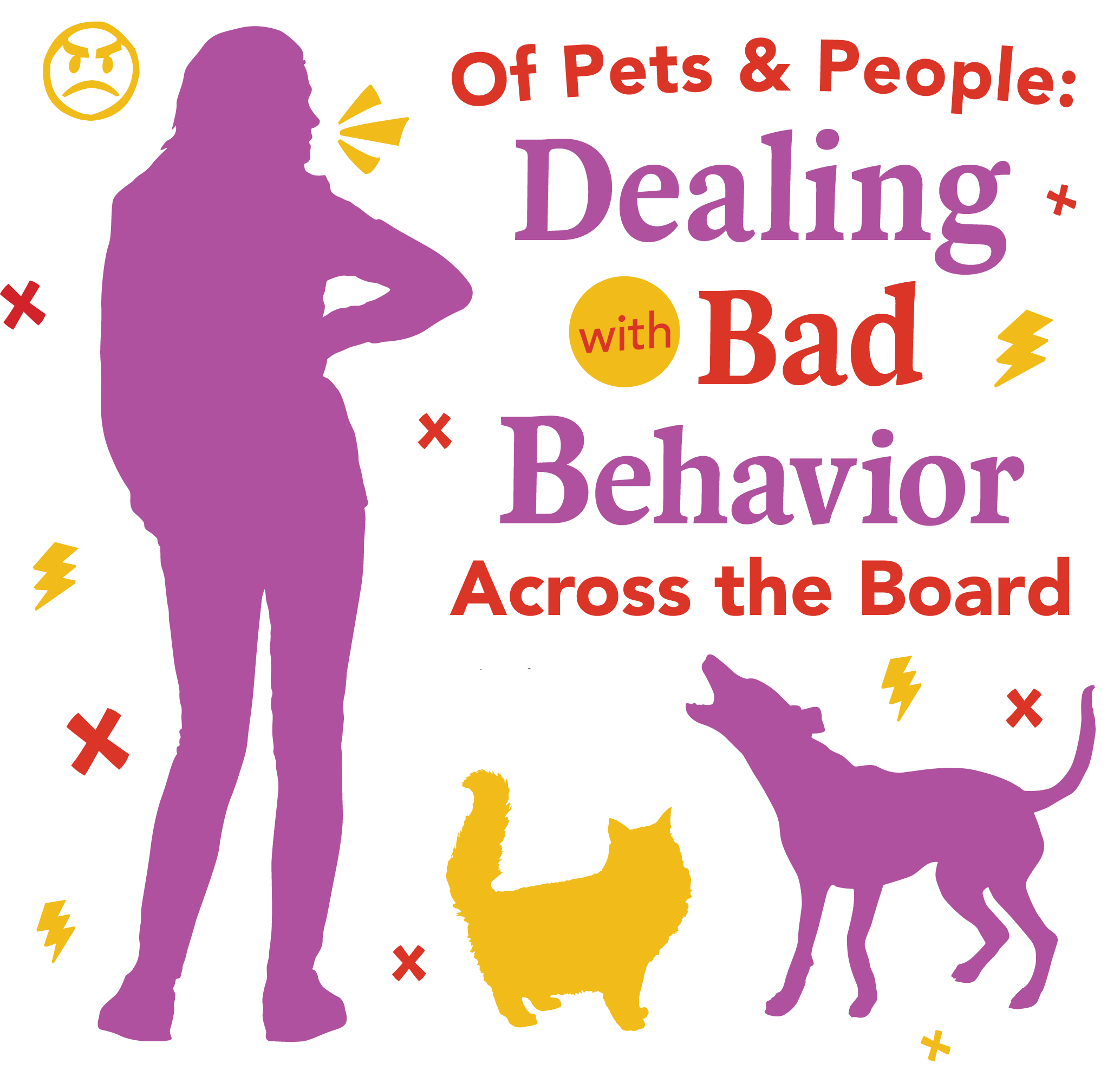
By Louise Dunn
 cat, a Chihuahua and a Beagle walk into a boarding facility. Yes, this sounds like the beginning of a joke…but it is not. One pet tries to bite everyone who touches it, one will not stop barking, and the other freaks out and hides under the chair (clawing at any arm or leg that comes within reach). These are behavior issues team members face daily, and these behaviors often result in a range of reactions from the pet owner. Reactions include ignoring the behavior as it worsens, wanting to medicate the pet, relinquishing it to an animal shelter or even euthanizing the pet.
cat, a Chihuahua and a Beagle walk into a boarding facility. Yes, this sounds like the beginning of a joke…but it is not. One pet tries to bite everyone who touches it, one will not stop barking, and the other freaks out and hides under the chair (clawing at any arm or leg that comes within reach). These are behavior issues team members face daily, and these behaviors often result in a range of reactions from the pet owner. Reactions include ignoring the behavior as it worsens, wanting to medicate the pet, relinquishing it to an animal shelter or even euthanizing the pet.
How does your team respond to these situations? Of course, pet professionals aim to relieve the pressure in any problem situation—they will even dive into the middle of a dog fight! So what is the best way to deal with the biting, the barking and the scratching? Perhaps the starting point should be what NOT to do. Do not grab or hit the pet, don’t yell at the pet or “feed” it with attention, nor should you ignore the behavior. While these may be seen as a short-term solution, some could even escalate the bad behavior into something worse.
For the team, using techniques taught in programs such as Fear Free® or Low-Stress Handling® can help. Techniques to alleviate fear, anxiety and stress in pets are critical for delivering care or professional services, keeping the team safe (from reducing injuries to promoting a more enjoyable work environment) and partnering with the client in caring for the pet. To make sure these techniques are being utilized, assign a behavior care coordinator to oversee pet behavior improvement plans, which should include providing new ideas and tips to the team, keeping appropriate treats and tools on hand, and providing pet owners with updates and educational materials.
For the client, the team can provide specific tools and resources for use at home. Some clients will need the additional support of training sessions, tactics to continue at home and environmental or routine adjustments. In order to help the client, the pet professional team must be able to show the pet owner that they can try to manage the behavior problem with proper support.
However, this brings up another issue: the bad behavior of the people on the team. It may be a running joke that people work in the pet profession to avoid dealing with other people, but if the team will jump into the middle of a dog fight or take extra classes on how to improve pet behavior, why do they have so much trouble dealing with each other’s bad behavior?

The advice for treating bad human behavior is similar to that for treating bad pet behavior; do not grab or hit the co-worker, don’t yell at the co-worker, don’t “feed” them with attention or ignore the behavior. Again, these reactions may be perceived as a short-term solution, but will likely escalate the bad behavior into something worse. Notice that your team is already well on its way to handling bad human behavior with some of the tools they already use for bad pet behavior!
Bullying can originate from competition at work, jealousy, anger or personal history. The typical actions of a bully are varied, from tormenting and teasing, intentionally ignoring a person or gossiping about the person, tattling or pointing fingers, sabotaging or interfering with work to yelling or swearing at the person. Unfortunately, the reality is that over 35% of adults experience workplace bullying and another 15% witness it happening.1
Addressing this bad behavior is necessary. Experts recommend not reacting with strong emotions to the bully. Instead, calmly use an assertive tone to point out their behavior, report the behavior to a supervisor, document all incidents (date, time, witnesses, etc.) and plan other options if the business does not take action against the bully.2
If pet professionals do not stop bullying co-workers, are they hypocrites for saying they are capable of delivering compassionate care to pets?


We owe our co-workers respect that will translate into an enjoyable work environment that ultimately leads to a cohesive team—exactly what the pets deserve. Go a step further and encourage positive gossip and create a culture of pride in the efforts of the talented, compassionate pet professional team.
It is best to tackle the issue of bad behavior from the very moment a person is hired. Any new team member should receive written policies and procedures when they begin their training so they are familiar with the business’s culture, core values and job expectations. Additionally, clearly written and distributed policies that prohibit bullying and harassment (including options for reporting complaints and potential disciplinary action for perpetrators) should be part of new-hire training and reviewed annually. This allows management to hold every team member accountable fairly and consistently. Any delay or failure to investigate or discipline could be perceived as management’s “acceptance” of bad behavior in the workplace. Monitor your culture and immediately respond to a “dog fight” involving bullying, gossiping or harassing activities.
There will always be situations where the behavior of others (animal or human) will be challenging. So why not be proactive and give the team the tools and resources they need to accept the challenge and win?
Create a workplace environment where Samantha, Brad and Cheryl enjoy working with each other and the rest of the team. Prepare the team with tips and techniques to reduce fear, anxiety and stress so that when a cat, a Chihuahua and a Beagle walk into the business, the team is ready to make it a good experience for the pets.
It’s no joke that knowing how to handle challenging behavior issues can make a world of difference, for man and beast.
References:
- Swaity, S. (2018, Jan 9). Bullied at Work. Tough Nickel. https://toughnickel.com/business/When-You-Are-Bullied-At-Work
- Russell, J. (2016, April 3). How to Recognize and Deal with Bullying at Work. Los Angeles Times. http://www.latimes.com/business/la-fi-0403-career-coach-bullies-20160402-story.html
- Dodgson, L. (2017, March 22). 4 Ways to Deal with a Coworker Who’s Spreading Gossip about You. Business Insider. http://www.businessinsider.com/how-to-deal-with-gossip-at-work-2017-3
Louise Dunn is a renowned award-winning speaker, writer and consultant. She brings over 40 years of in-the-trenches experience and her business education to veterinary management. Louise is founder and CEO of Snowgoose Veterinary Management Consulting. SVMC works with veterinarians who want to develop a strategic plan that consistently produces results. Most recently Louise received many awards including the WVC Educator of the Year numerous times and VetPartner’s The Life Time achievement Award in January 2016.
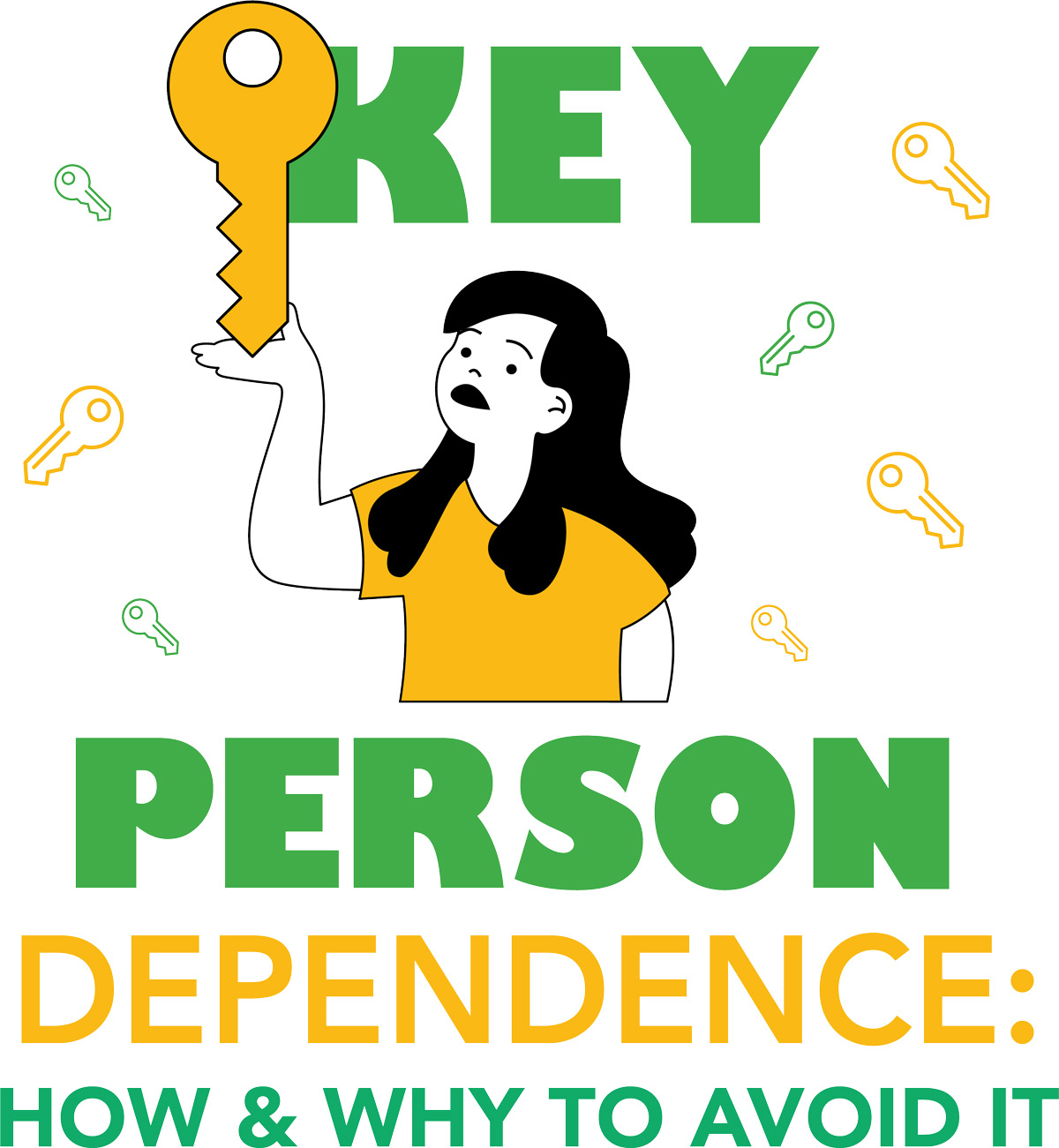
By Laura Laaman
Do you feel like your business would fall apart without you? As if you’re removing the machine’s central cog when you step away?
 any pet care facility owners end up fully immersed in nearly every aspect of their business and can hardly come up for air. They and/or their manager(s) are often solely responsible for numerous critical tasks. If they should get sick, have a family emergency or simply want to take well-deserved time off, there’s nobody to do those tasks. This is key person dependence, a common and dangerous tendency in the pet care industry.
any pet care facility owners end up fully immersed in nearly every aspect of their business and can hardly come up for air. They and/or their manager(s) are often solely responsible for numerous critical tasks. If they should get sick, have a family emergency or simply want to take well-deserved time off, there’s nobody to do those tasks. This is key person dependence, a common and dangerous tendency in the pet care industry.
It’s extremely stressful and risky when your business’s success depends on a particular person showing up and doing a great job every day. But it doesn’t have to be a showstopper when you or your manager is out. It doesn’t have to be a fiasco when your groomer suddenly resigns. It doesn’t even have to be a worry-filled guilt trip if you want to go on vacation with your family. In this article, we’ll explore the ways key person dependence can negatively impact your business and what you can do to avoid or fix it.
- Grooming
- Dog training
- Hiring
- Scheduling
- Payroll
- Training new employees
- Purchasing and facility maintenance
- Dealing with customer situations
- Communications with clients and veterinarians

Call-offs, emergencies and abrupt resignations are inevitable. If you’re relying on any one person to complete a task, their absence can derail a department or business overall.
- Employee burnout. When there’s no one else who knows how to perform a necessary duty, it can put undue stress on that person. They may feel overtaxed and unable to take necessary time off, thus affecting morale and even employee retention.
- Reduced quality of pet care. When your key person is out, it can easily lead to gaps in care and overlooked or improperly done tasks. For example, how many people create the schedule in your business? If it’s just one, and that person is unavailable, it can upset proper care.
- Reduced quality of customer service. Taking great care of the pet parents is as important as taking great care of the pets. Business disruptions caused by key person absences can bubble out into customer care, therefore affecting the quality and timeliness of service.
- Business salability. A business that’s dependent on its owner and/or manager(s) to function can be difficult to sell—especially profitably. High-paying consolidators want a turnkey business that operates seamlessly, regardless of who’s working that day.
- Owner quality of life. If you’re like many pet care facility owners, you’re the key person for multiple (or possibly most) tasks. This can be incredibly stressful and often reduces the owner’s ability to enjoy their business. And, unfortunately, sometimes leads to selling prematurely.
- Put a training plan in place. It’s wise to train multiple people on every task to ensure there’s a backup person (and even a backup’s backup). You may also consider preparing a response plan to quickly train a new person should someone quit, need extended time off or be otherwise unavailable.
- Have enough staff. Due to lackluster revenue, many pet care facility owners hire minimal staff to reduce labor costs; however, this almost always leads to more harm than good. Not having enough quality team members is a recipe for key person dependence, as there’s simply no other choice. It can also lead to higher turnover, thus compounding other issues.
- Add more roles. How many roles do you have between pet care technician and manager? If you’re like most, probably only one (or none). Adding more levels, like senior pet care technician and pet care supervisor, spreads out responsibilities and adds accountability. Plus, it gives your employees a career growth path, which can dramatically improve motivation and longevity.
- Support a great management team. Establishing a cohesive, effective team of managers goes a long way in the health of your business. Managers are the owner’s eyes and ears on the ground, and without a strong team of them, the owner will struggle to shake key person dependence. In pet care, managers often earn their roles through providing great care to the pets—but are they trained in vital management skills, too?
- Implement systems. A “system” is a structured set of processes, tools, and training to streamline and optimize a task or service for a more self-sufficient business. Systems should be documented, verified and deliverable by multiple people, and can be useful nearly anywhere. Some of the most important areas include new customer acquisition, employee hiring/training and marketing, among many others.
- Have a robust operations manual. A thorough and updated operations manual can be incredibly beneficial. It can help ensure tasks are being executed properly and consistently, and it serves as a reference point for the proper way to complete a task if there is ever a question or gap in coverage.
- Create a healthy revenue flow. Strong revenues are critical to every part of a pet care business. And if you’re adding team members or roles, you need the revenue to offset the cost. It’s important to regularly re-evaluate your profit centers for any opportunities—overnight care, daycare, grooming and training can all produce more revenue if you don’t already offer them.

Not having enough quality team members is a recipe for key person dependence, as there’s simply no other choice. It can also lead to higher turnover, thus compounding other issues.
Laura Laaman is president of Outstanding Pet Care. Outstanding Pet Care’s Revenue Building Services and Absentee Owner—Staff & Management Development Program provide the tools you need to apply these strategies successfully. If you’re interested in a healthier and more rewarding business, schedule a consultation by calling 1-888-836-8740 or visiting www.outstandingpetcare.com/contact
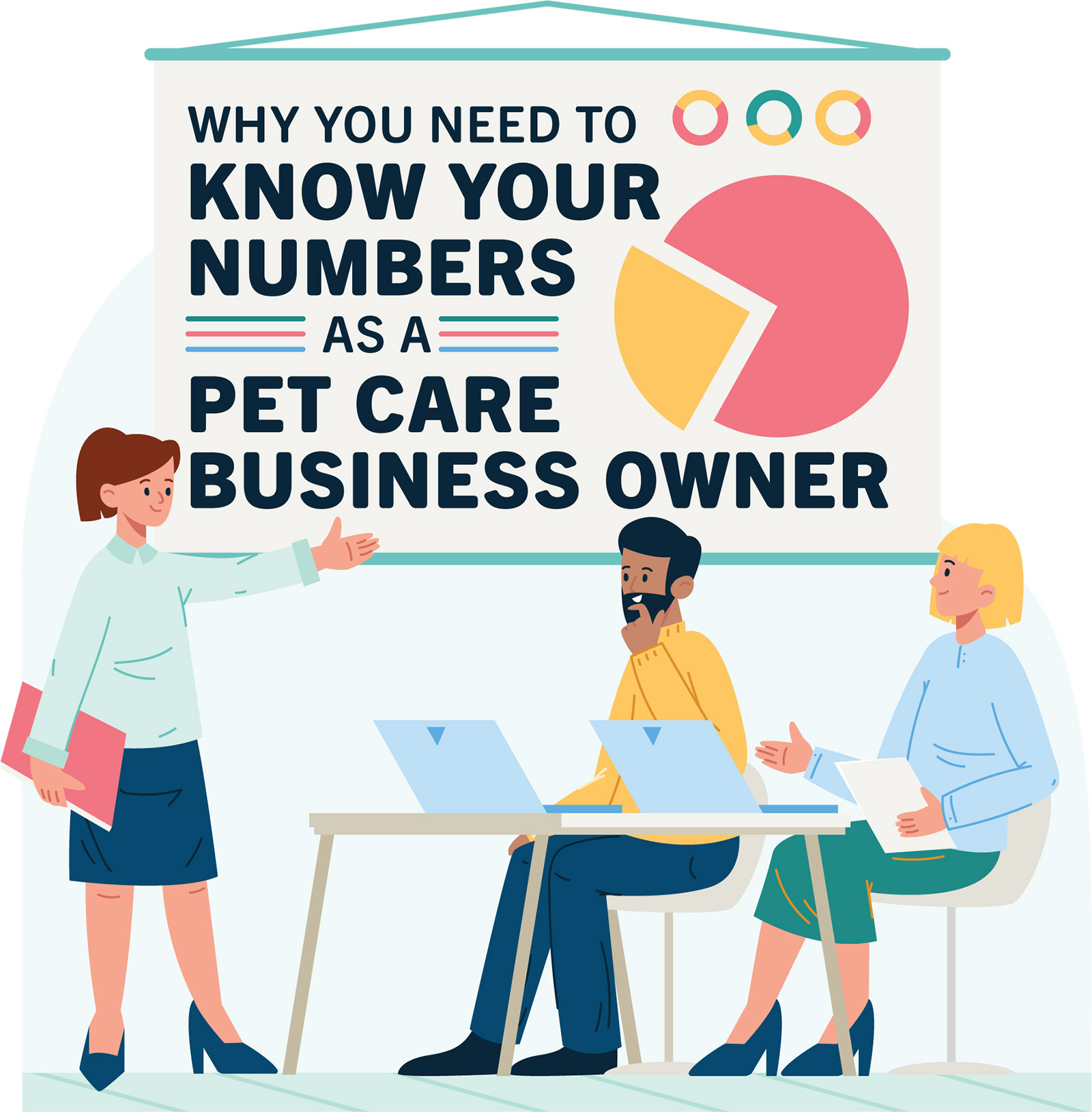
 s a pet service provider, you may have heard the phrase “know your numbers” as it relates to owning your own business. But has anyone explained to you what those numbers are, why they are so important and how they help boost your bottom line?
s a pet service provider, you may have heard the phrase “know your numbers” as it relates to owning your own business. But has anyone explained to you what those numbers are, why they are so important and how they help boost your bottom line?
There are several key areas to think about when running your day-to-day pet boarding and daycare business, including using an accounting system, chart of accounts, gross profit margins and operational procedures. The daily sales and expenses in your pet boarding and daycare business tell a financial story each month, and that story is based on the recording of income and expenses over time. As a business owner, this story provides numerical information to help improve your understanding of how well your business is doing.
Most small businesses, such as your pet boarding and daycare business, might start out at first by relying on the current bank account balance, but as the business grows—in terms of customers and expenses—it is a great idea to get more information about what is occurring on a regular basis.

Cloud accounting systems and third-party apps are designed to provide business owners with systems for billing and saving receipts for expenses digitally to aid in the details of the financial story. One example is ordering supplies from different vendors. Using an accounting system to capture data will give you the ability to review transactions and generate a comprehensive report to calculate the total of your supplies, as well as how often you are ordering from one vendor.
Another byproduct of using an accounting system is the ability to keep track of your accounts receivables (how much you are paid by your customers) and any promotions/discounts that might have affected those sales. Both expenses and income generated by the business can help identify trends and provide perspective on how to improve your business operations by use of reports and all financial history of your business.




Once you have this detail for any given month, you can begin analyzing the entire financial report and compare your story from month to month, and eventually year to year.
This same information will be extremely useful to your tax professional and potentially your business bank if you are looking for financing in the future.
Along with analyzing the details of the reports, using this information to calculate your gross profit margin will improve your understanding of the financial impact of your current business performance. This can be used to help make business decisions and plan for future growth. There are many ratios you can calculate using the Income Statement and Balance Sheet, but one ratio to keep an eye on is the gross profit margin.


The apps available may also retain customer’s information, including dietary preferences, medical history and behavior. By obtaining this information prior to the customer’s visit, the details can enable your customers and staff to have smooth booking and checkout processes. Having the option to add requests or services can also increase the bottom line, and occasionally some services may be added during the booking process when the customer knows what other services are available when going through the booking process.
In addition, there are accounting systems available that can keep track of your staff’s payroll and inventory of supplies so you can stay informed when stock is getting low prior to your next influx of customers.
Getting to know your numbers, using an accounting system, understanding the Chart of Accounts, identifying your current and ideal profit margin, and using third-party apps that integrate with your accounting system will not only help boost your bottom line, but also aid your boarding and daycare business in providing an excellent experience for your customers and their pets.
Steven Thompson is an advisor at Breakaway Bookkeeping + Advising focused on providing accurate and reliable bookkeeping solutions, specializing in veterinary and pet service businesses. He uses financial processes to aid business owners in regaining control over their finances. Steven is an experienced bookkeeper with a tax preparation background, he finds joy in advising small business clients in understanding their financial numbers, and what they mean in terms of business growth. Steven specializes in solutions for veterinarians to run successful practices along with other small businesses in the pet services industry.



 ur challenge, however, is ensuring that pet owners accurately understand the benefits of our fully interactive, natural pack dayare services. In this article, we’ll explore the most effective marketing strategies that help facilities communicate to pet owners the true value of dog daycare.
ur challenge, however, is ensuring that pet owners accurately understand the benefits of our fully interactive, natural pack dayare services. In this article, we’ll explore the most effective marketing strategies that help facilities communicate to pet owners the true value of dog daycare.While each pet care facility will have varied philosophies or processes that inform how they offer daycare to pet owners, to target owners we must first consider their perspective. People generally want the best possible care for their pets and seek assurance that they will be safe, happy and well-cared-for in their absence. Our marketing efforts should revolve around addressing these concerns and educating owners on the advantages of dog daycare, including socialization, behavioral improvements, physical exercise and mental stimulation.
In a world with an increasing number of options for pet boarding and daycare, our brand operates under the mindset that daycare is more than just a service; it’s a pathway to a happier, healthier and more balanced life for your dog.
When dogs get this opportunity, they learn to socialize within a pack in the right way, which gives them the tools they need to live their best life and to adapt to what is a very human world. It also helps reduce separation anxiety, jumping, chewing, barking and destructive behavior—all things that are unnatural for dogs and are introduced by us humans.
By emphasizing the benefits of natural pack socialization in our marketing tactics, we can target pet owners who appreciate knowing that their dogs can form bonds with other dogs, learn essential social skills and enjoy companionship with their kind, all with limited human disruption. In addition, we can educate pet owners on these benefits, and of the concept of pet daycare in general, securing potential new customers in the process.

By emphasizing the benefits of natural pack socialization in our marketing tactics, we can target pet owners who appreciate knowing that their dogs can form bonds with other dogs, learn essential social skills and enjoy companionship with their kind, all with limited human disruption.
One of the most compelling ways to market dog daycare to pet owners is by sharing real stories of behavioral transformations that dogs experience in our care. Dogs are not autonomous creatures; they are born into litters of other pups and thrive on the support and guidance of their pack members. When left alone for extended periods of time, they can become anxious and destructive.
The link between boredom and behavioral issues isn’t simply about a lack of activity; it’s about a lack of confidence, leadership and lack of a pack. Regular interactive daycare and boarding addresses this by providing the confidence-building experience of pack interaction. Dogs that may be shy or struggling with behavior problems gain the support of a pack, therefore fostering their self-assurance.
Your organization likely has stories of dogs who have benefited from daycare by overcoming shyness, anxiety or behavioral issues. These real-life examples resonate with owners. Demonstrate the tangible impact of your services on a dog’s behavior and leverage these testimonials in marketing efforts.

In recent years, daycare has shifted from a luxury to a necessity, even in economic downturns. Pet owners need help raising their dogs; they need a home away from home that they trust to take care of their dogs the way that they would.
Jackie Bondanza is the CEO of Hounds Town USA, a fully interactive Dog Daycare, Boarding, and Pet Spa facility franchise. She began her journey at Hounds Town as a customer in 2013 and quickly realized that the brand was unlike anything else on the market. She then joined the brand’s corporate team, where she developed a comprehensive franchise expansion strategy and spearheaded the concept’s growth to more than 50 locations across the country.

 f you look up animal-human bond studies, you’ll notice that almost all of them are focused on dogs. And that’s no surprise since the pet industry mostly revolves around dogs. Whether it’s for-profit pet product companies, animal welfare nonprofits or professionals in the pet service industry, canines bring in the money and get the attention. However, cats are coming up in the world as there are starting to be more feline-focused offerings, especially in the service fields.
f you look up animal-human bond studies, you’ll notice that almost all of them are focused on dogs. And that’s no surprise since the pet industry mostly revolves around dogs. Whether it’s for-profit pet product companies, animal welfare nonprofits or professionals in the pet service industry, canines bring in the money and get the attention. However, cats are coming up in the world as there are starting to be more feline-focused offerings, especially in the service fields.
An exciting development is the release of the first study ever solely focused on cats and the bond they have with humans.1 The $125,000 study was sponsored by Cat Person and conducted by Pet Partners, a national nonprofit focused on animal-assisted therapy. The academic paper is the work of Dr. Taylor Chastain Griffin, chief researcher at Pet Partners, and Dr. Lori Kogan of the College of Veterinary Medicine at Colorado State University, who both say what they discovered is eye-opening.
“So many nuggets came out of this study. We couldn’t believe how our study participants challenged typical cat stereotypes,” says Dr. Chastain Griffin, who is also a research psychologist.
The study is the result of interviews with 63 cat owners, who are also pet parents of a cat that is a certified therapy animal. Additionally, the paper features interviews with 13 facilities, including senior centers, hospitals and schools, where these therapy felines are regular visitors.
So what did the study find?
Every owner felt their cat was worth the effort of responsible pet ownership; in fact, all of them reported “they never felt a cat is more trouble than it’s worth” and “no one felt looking after their cat is a chore.”
The study also reported:
- 20 percent of respondents tell their cat something they wouldn’t tell anyone else weekly.
- 60 percent cuddle their cat every day.
- 60 percent talk to their cat every day.
- 40 percent play with their cat at least once per day.
“These findings really show that life is better when it’s shared with cats. It also shows that felines need to be showcased more in public. The typical stereotypes of all cats being aloof, shy, and independent are not true,” says Dr. Chastain Griffin.
Pet Partners, the national nonprofit that registers therapy animals across the globe, has only 400 cat therapy teams across the United States, compared to thousands of dog teams. There is a shortage of therapy animals nationally, as many handlers and their pets never returned to the volunteer positions after the COVID-19 pandemic. Pet Partners reports that there are far more institutions and other human health agencies asking for animal-assisted therapy visits than there are therapy animals.

The Pet Partners researcher also believes if more service providers would help recruit therapy animals, they could actually help break the stereotypes of cats as being aloof, independent, shy or untrainable.
In interviews with facility managers who host cat therapy teams, they claim that they were shocked at the reaction of their residents to seeing cats participate in animal-assisted therapy. In fact, many of the facilities reported that “cats were far more impactful” than dogs.
One facility manager in the study reported, “We have people that say they don’t like cats; ‘I don’t want to touch your cat.’ But then they hang out in the perimeter and watch, and by the end of the time they are up close asking questions and touching the cat. Some patients even say they didn’t know they were cat people until a feline came to visit.”

Another unexpected finding in the study was the healing power of the purr. A cat purring on a client or patient’s lap was brought up time and time again in interviews, as it was discovered that a cat’s purrs were particularly helpful to promote relaxation, especially for those in difficult situations. It’s believed that the megahertz of a purr has many healing properties.
Dr. Chastain Griffin says this foundational research is just the beginning, as there is far more that needs to be learned when it comes to the cat-human bond. She hopes the study will one day expand to focus on non-therapy cats that are traditional, owned pets.

A cat purring on a client or patient’s lap was brought up time and time again in interviews, as it was discovered that a cat’s purrs were particularly helpful to promote relaxation, especially for those in difficult situations.
Additionally, Dr. Chastain Griffin says the data from this project confirms a truth known by millions of cat owners and cat lovers around the globe: Cats and people are better together.
Think you can help? Pet Partners offers free resources,2 training and evaluation for aspiring therapy animals.
References:
- Exploring the Cat-Human Bond. Pet Partners. https://petpartners.org/publications/exploring-the-cat-human-bond/
- Ways to Volunteer. Pet Partners. https://petpartners.org/volunteer/ways-to-volunteer/

By Madison Warner
 he core ideal of many pet businesses is the health and happiness of the animals they serve, but sometimes businesses take a compartmentalized approach by only focusing on one part of the animal. Working with happy, healthy pets can ease strain on your staff and reduce the risk of a problem occurring in your business. Happy, healthy pets also create life-long customers and boost your business’s bottom line. Below is an outline on pet wellness and how to integrate it in your business.
he core ideal of many pet businesses is the health and happiness of the animals they serve, but sometimes businesses take a compartmentalized approach by only focusing on one part of the animal. Working with happy, healthy pets can ease strain on your staff and reduce the risk of a problem occurring in your business. Happy, healthy pets also create life-long customers and boost your business’s bottom line. Below is an outline on pet wellness and how to integrate it in your business.
To improve the quality of mental engagement for your clients’ pets, your business should assess your current services to see where you could add small (or big) changes to provide more stimulation. Here are some ideas of services to add if you’re currently only offering standard overnight boarding:
- Daycare and Training
- Fun daily activities to your existing services (puzzle toy, short walk, etc.)
- One-on-one “snuggle time” with a staff member
- Puppy preschool for guided socializing of puppies under one year old
- Novel or rotating group classes (scent work, agility, out & about, etc.)
- “Doggy & me” events where pups and their owners can socialize or interact together at your facility (doggy yoga, open houses, contests, 5Ks, etc.)
- Cat enrichment like nature TV, outdoor viewpoints, interactive toys, etc.

- Structured daycare programs that include quality play and rest times
- Walk or adventure add-ons
- Cozy bedding for pets who will not chew or ingest it
- Novel dog activities such as slat mill, agility or challenge course, weekly hiking
- A stretching, mobility or flexibility program
- Cat wheel, trees or tunnels for feline boarders to explore
- Hiding places for cats to nap in

Well-structured physical activity and mental engagement can fulfill pets’ needs within just a few minutes per day.
Groomers and veterinarians primarily take care of this part of a pet’s life, but all pet businesses can incorporate biological health services to promote overall wellness.

- Grooming or self-serve bathing
- Monthly or quarterly vaccination clinics hosted at your facility in partnership with a veterinarian
- A retail area offering pet food, treats and wellness items
- Partner with pet massage therapists, acupuncturists or other wellness providers to expand your service offerings
- Continuing health education for staff on recognizing pet health conditions
You might also consider areas where you could remove or adjust something within your business to improve pet wellness, such as:
- Sound dampening in drying rooms or dog lodging areas to reduce noise
- Separate entrances for daycare/training/grooming or for each species (cats-only entrance)
- Take extra measures to reduce overpowering smells in animal care areas
Charge Your Worth
Beyond this, any time you add quality to the service you are providing to your customers, you need to charge as such. To add a puzzle toy onto any service, it will take time to prepare, set the pet up with the toy, supervise and clean up afterwards, so you should charge a small fee. Not charging what your time and effort are worth brings the industry down as a whole.
While everything feels pricier these days, charging a fair price and compensating your staff well can help ensure longevity of your business. Remember that charging your worth is not about overpricing, but rather ensuring that your prices accurately reflect the value you provide to your clients and their pets. Novelty and scarcity also demand a higher price. Be transparent about your pricing, communicate the benefits of your services and maintain a commitment to excellence to justify your rates. Over time, as your reputation and client base grow, you’ll be better positioned to charge competitive and sustainable prices for your pet services.
Focusing on whole-pet wellness can make your business safer and more profitable by improving the health of your clients’ pets and reducing strain on your staff. Assess where in your business you could add or subtract services, operations techniques or functions to promote positive effects on the animals you work with.
By investing in their health through proper nutrition, regular exercise, mental stimulation, preventative care, and the love and attention they deserve, we can ensure our pets lead longer, happier lives. The journey to pet wellness is a rewarding one, filled with moments of laughter, play and companionship.
The information in this article is not a substitute for veterinary care or advice.
Madison Warner is owner of Ready Pet Education. She teaches pet first aid & other pet emergency education programs to pet professionals all over the United States. Ready Pet Education has been teaching veterinary supervised, comprehensive pet first aid courses since 2018, and offers online or in-person learning and bulk discounts for 15+ students. They also offer emergency and disaster preparedness consulting for all types of pet businesses! www.readypeteducation.com



by Kathy Hosler
Photos by Tailwagger Dog Photography and Elation Studio

 hen Jackie and Luke Moord opened Nature of The Dog, a boarding and daycare facility in Ada, Michigan, they proved that you don’t have to have a huge facility to have a hugely successful business. In fact, their story is an example of how a lunch-hour dog walker and her husband have created a very successful family operation.
hen Jackie and Luke Moord opened Nature of The Dog, a boarding and daycare facility in Ada, Michigan, they proved that you don’t have to have a huge facility to have a hugely successful business. In fact, their story is an example of how a lunch-hour dog walker and her husband have created a very successful family operation.
In 2011 Jackie Moord was the director of e-commerce for a ski shop in Grand Rapids, Michigan. “It was a desk job and I wanted to get a little exercise on my lunch hour,” says Jackie. “As a lifelong animal lover, dog walking seemed like a great way for me to accomplish that. So, I made a Facebook page to advertise my dog walking business. I started small, but there was a need for it in our area and it wasn’t long before I had a full schedule.”

The couple became so busy with dog walking and pet sitting that Luke left his job as a teacher and he and Jackie operated the business full time.
Jackie’s husband, Luke, was a teacher and he began helping Jackie as her dog walking business increased. At that point they decided to name their business “Nature of the Dog.”
“We chose that name with the idea of honoring the true nature of dogs by having a business that understands them and provides the care and socialization they need,” says Jackie. “Soon, we were also doing pet sitting in our house. We already had a relationship with the owners and their dogs so it just made sense to take care of them when the owners were away.”
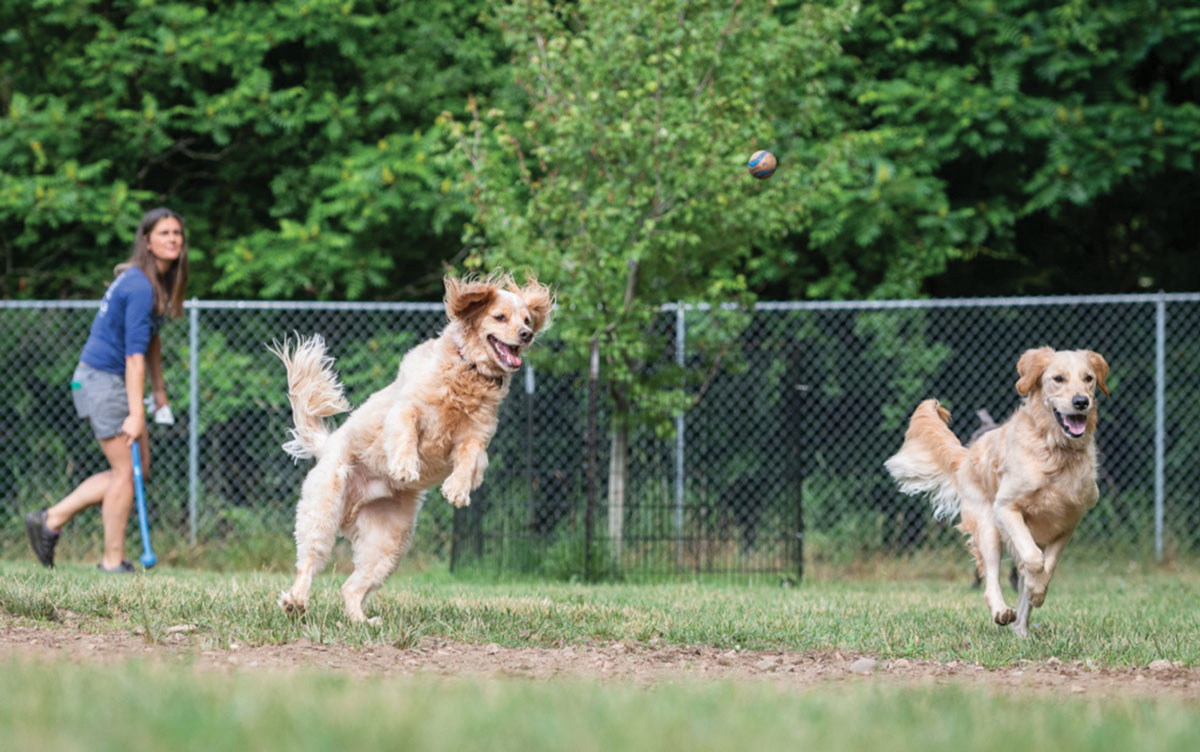
“One of our most important decisions was how large we should make our facility and how many dogs should we plan to care for,” Jackie shares. “We wanted to be able to engage with each dog. When you have too many dogs, it can be overwhelming. We tried to find the ‘sweet spot’ that would be good for us and let us enjoy the job, and be the best for the dogs.”
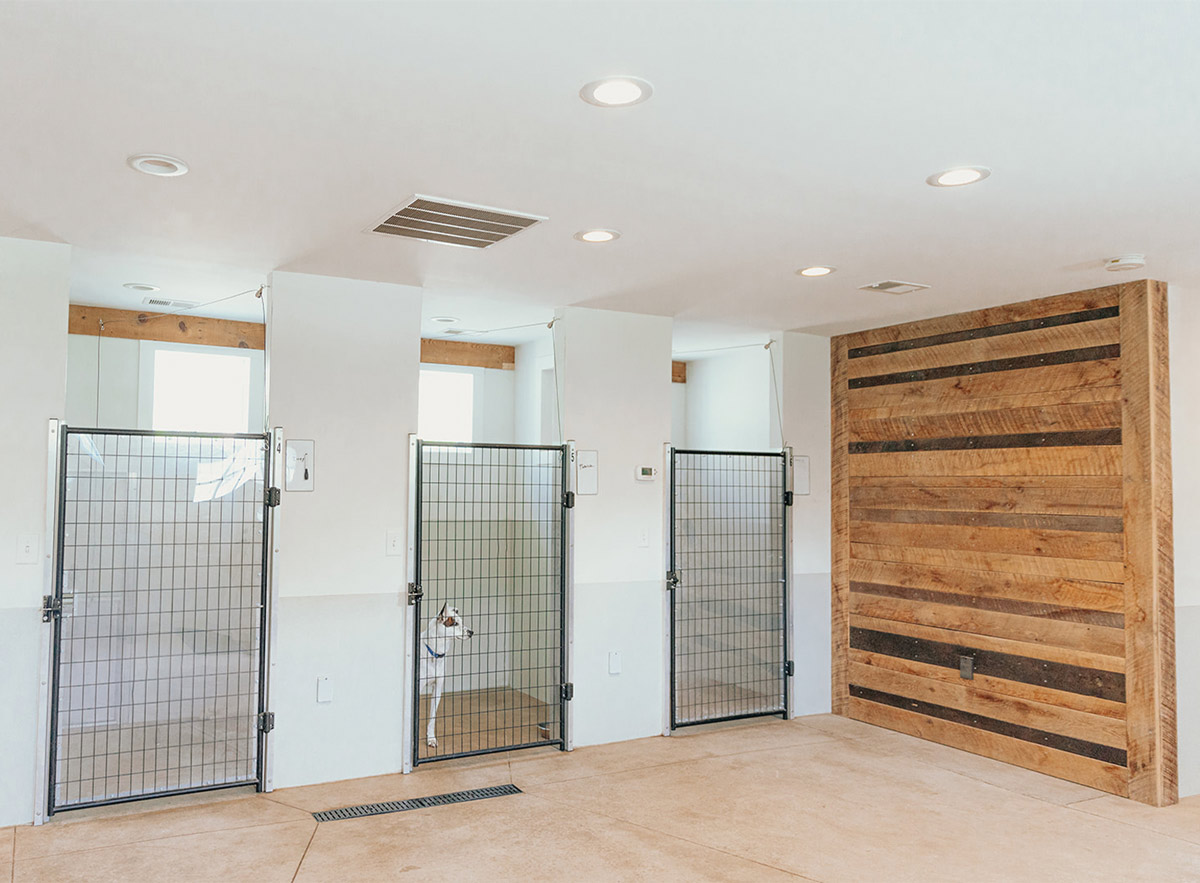
From the construction of the rooms and play areas to how they care for their canine clients, everything is based on the dogs’ safety and well-being. There is a window in every room to provide natural lighting, and the rooms are situated so the dogs don’t face each other.
“Bigger is not always better,” Jackie says. “In our small facility, we can provide more individualized care tailored to the needs of each dog. There is less noise which really reduces the anxiety levels.
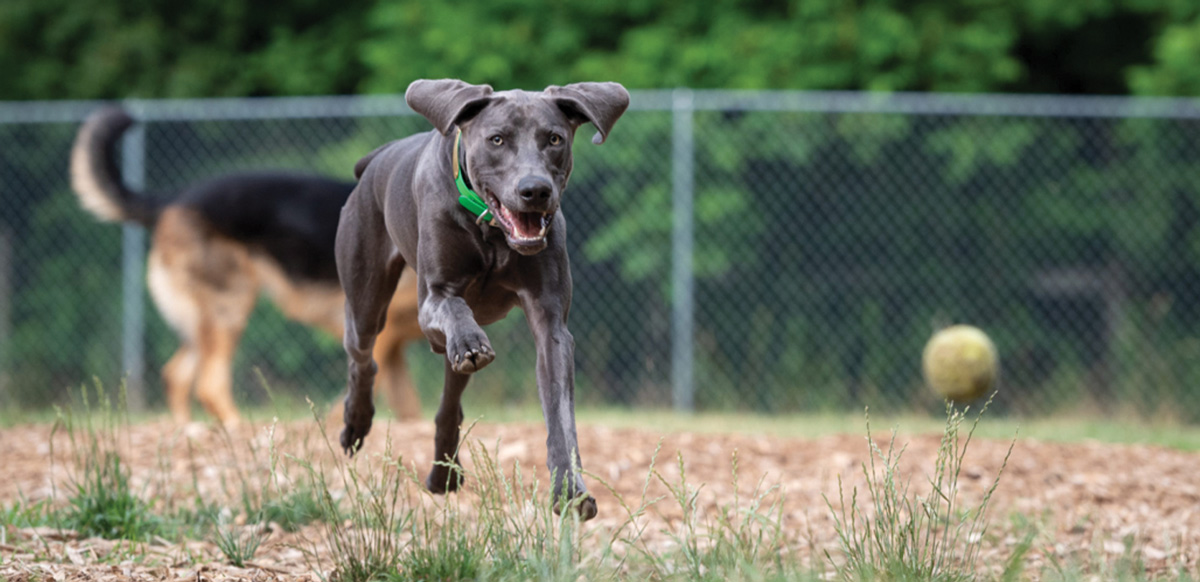
“The facility is on our property behind our house,” continues Jackie. “We sold the dog walking business and now we only do boarding and daycare. This choice fits well with our lifestyle. We have kids and we homeschool them, so having the business just steps away is ideal.
“Because we live on the property, it is very reassuring to the dogs’ owners. We have security cameras so we can monitor the dogs any time we are not in the building,” she adds.
In addition to Jackie and Luke’s close involvement with the business, Nature of the Dog has a well-trained, knowledgeable staff.


Their daycare operates Monday through Friday and they have four spacious play areas where the dogs are divided into small groups of eight or less according to their size, behavior and play style. Along with supervising the play groups, the staff assess the needs of each dog in the group and help them socialize properly using gentle handling techniques.

“Our website and social media is our main form of advertising,” Jackie says. “I post photos of our clients’ dogs on Facebook and Instagram, and they love seeing what their dogs were up to during the day. Some have enjoyed sharing the photos with family and friends.”
Jackie and Luke’s decision to construct and operate Nature of the Dog with the goal that everything they do will honor and support the true nature of the dog is what sets them apart from everyone else. And, the way they have structured their business allows them to enjoy the lifestyle they want.
By starting and staying small, Jackie and Luke Moord have found the “sweet spot”—for themselves and the dogs they care for.
By Fernando Camacho
 ne of the biggest problems with this industry is that you spend almost no time with the person paying you for your services. You get to hang out with and take care of their dogs all day, but they can’t go home and rave about how much fun they had, how nice everyone is or how going to your facility has greatly improved their confidence.
ne of the biggest problems with this industry is that you spend almost no time with the person paying you for your services. You get to hang out with and take care of their dogs all day, but they can’t go home and rave about how much fun they had, how nice everyone is or how going to your facility has greatly improved their confidence.
You also don’t get many opportunities to deepen your connection with your client base. Instead, you get a quick 30-60 seconds with them when they drop off and pick up their pooch. And that’s not nearly enough time to create an emotional connection and move to a more personal relationship, which increases brand loyalty and customer satisfaction.
Building strong connections with customers is essential for the success of any business, but given the limited customer facetime for dog daycare and boarding businesses, it’s even more critical.
Here are seven ways you can develop better connections with your customers:

Personalized Services.
Every dog is unique, and understanding the specific needs and preferences of each furry client is crucial. By remembering important details about the dogs, such as their favorite toys or playmates, and tailoring their experience accordingly, you can demonstrate your commitment to their well-being.

Communication.
Encourage feedback from customers about their experiences with your services. Listen to their suggestions and concerns and take them seriously.

Transparency.

Customer Feedback.
If done right, social media can help you build an online community of dog lovers, which can enhance your brand’s reputation and strengthen your customer relationships.

Staff Training.

Social Media Engagement.

Responsive Customer Support.
Make sure you are making it easy for people to contact you, get questions answered and any issues addressed. Quick resolution of issues or concerns can turn a potentially negative experience into a positive one, further strengthening your relationship.
The deeper you connect with your human clients, the more a part of your business they will feel, the happier they will be and will remain long-term customers. You want to strive to move your relationship from a transactional one to an emotional one. If you do that, you’ll have an epic business that no one can compete with!
Fern is the founder of Overdog Digital, a digital marketing & consulting agency that helps dog daycare and boarding facilities attract, convert, and keep more customers by creating winning marketing campaigns and providing the business guidance to build momentum and spark long-term growth. Fern also has programs to train daycare staff, is a dog behavior consultant, and has a dog training business in New Jersey. He is the author of eight books and a popular speaker at national conferences and private events. To join The Dog Daycare Business Think Tank or ask a question, go to: www.facebook.com/groups/dogdaycarethinktank
 ogs get intestinal parasites; it’s a fact of life. Parasites and worms can be contracted from eating grass, drinking from streams, greeting other dogs, playing in a contaminated environment and, most repulsively, eating feces.
ogs get intestinal parasites; it’s a fact of life. Parasites and worms can be contracted from eating grass, drinking from streams, greeting other dogs, playing in a contaminated environment and, most repulsively, eating feces.
According to the Companion Animal Parasite Council, in 2022, the number of adult dogs testing positive for roundworms was one in 50, hookworms was one in 30 and giardia cysts was one in 15.1 At a doggy daycare with 100 dogs in the program, you could easily have two dogs with roundworms, three with hookworms and seven with giardia. One in eight dogs checking in for boarding will have one of these parasites. And, the numbers for dogs under one year of age are even higher.
Every day, these dogs will be contaminating your environment, spreading disease and putting your staff at risk. Dogs with intestinal parasites can often show no symptoms at all, while others can show signs of vomiting, diarrhea, lethargy, anemia, weight loss, malnutrition or, in severe cases, sepsis or death.
Parasites are not just bad for the health of the dogs in your care; they present a risk to the pet’s family and your staff. Hookworms, roundworms and giardia are all listed as zoonotic by the Centers for Disease Control (CDC).2 A zoonotic disease is a specific type of infectious disease that can be passed from animals to humans. And remember, that means not only are the pet parents at risk, but so is your staff. Zoonoses are an even greater concern during pregnancy and for immunocompromised individuals.
You may be thinking that pet parents routinely have fecal tests performed during their pet’s annual visit. However, there is something that gets in the way—compliance.
Compliance
In my 20 years of practicing, I was amazed at how low the compliance was for fecal testing. My practice ran at about 45% (which I later learned is really good), meaning less than half of my clients were bringing in fecal samples for testing. I tried reminding every pet parent, sending home prepaid cups, doing follow-up calls and providing literature, but I could not significantly increase from 45%. I heard every reason pet parents had for not complying; “My dog goes in the woods,” “I forgot it at home,” “My husband walks the dog” and “My dog doesn’t have worms.” Don’t get me wrong, there are some very diligent pet parents out there that get this done, but many do not. This is where you can advocate for the health of the dogs in your care.
Protect Your Pack
Parasites are spread from dog to dog and through contaminated environments. So why let parasites in when it is so easy to keep them out? Requiring fecal testing is as easy as requiring vaccines. You probably have scripts and intake forms to discuss your policies with new clients, and you can easily add fecal testing to that protocol.
Remember that “fecal testing” means a proper laboratory quality test; it is not good enough for you to look at a fecal pile and decide that you don’t see any worms. It is unusual to see worms in a sample with the naked eye. Giardia, coccidia, roundworm eggs and hookworm eggs are all microscopic, so detecting them must be done with a high-powered microscope in a laboratory setting.
Protecting your pack starts with screening pets in your facility regularly. Make sure you have written protocols for collecting, cleaning and disposing of feces. Staff should be wearing gloves and washing hands frequently. Include posted signs to remind staff of the importance of a clean environment. After all, your staff is part of the pack, so you want to keep them healthy, too!
Be a Part of the Solution
I recommend doing a “soft” rollout. If testing adult dogs every six months seems like a lot, start with annual testing. That is better than not testing at all. Consider setting up a parasite monitoring program. Pet parents will be thrilled that you are invested in their pet’s health.
You are caring for a precious family member, and pet parents trust you and have confidence in you. A “Healthy Pets, Healthy Packs” approach to parasites will put your brand above your competition.
References:
- Parasite Prevalence Maps. Companion Animal Parasite Council. https://capcvet.org/maps#/2023/all-year/roundworm/dog/united-states
- Diseases That Can Spread Between Animals and People. Centers for Disease Control and Prevention. https://www.cdc.gov/healthypets/diseases/index.html
- Parasite Testing and Protection Guided by Veterinarians. (2022, Sept 16). Companion Animal Parasite Council. https://capcvet.org/guidelines/general-guidelines
Dr. John Beres is a veterinarian who owned and operated a boarding and daycare facility along with his general practice for 12 years. He is now the CEO and owner of Canine Lab Testing. Canine Lab Testing partners exclusively with doggy daycare and boarding facilities to provide “Healthy Pets Healthy Packs” solutions, including parasite prevention programs. He can be reached at testyourdog@caninelabtesting.com and found on LinkedIn at www.linkedin.com/in/johnpberesdvm
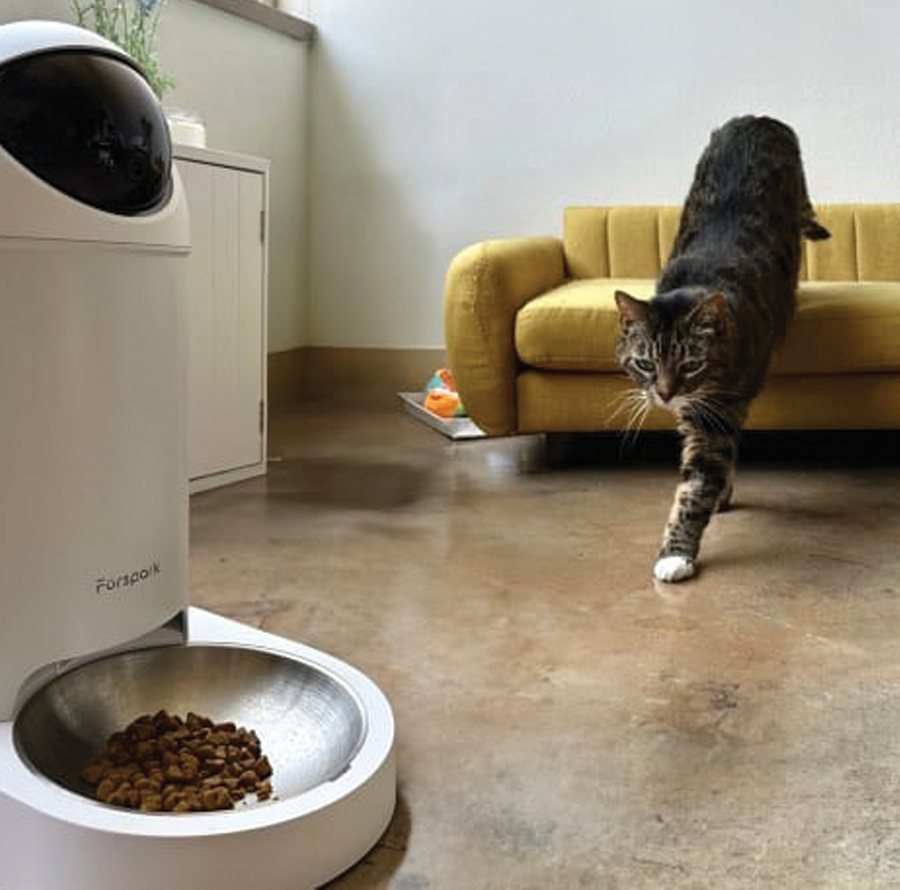
This revolutionary smart pet feeding system sets a new standard in pet care, offering a cutting-edge solution that provides fresh food, companionship, and AI-driven care for our beloved furry friends. The automatic feeder allows customized meal times for tailored nourishment, while the AI-powered technology takes daily pet videos and pictures to keep you informed about crucial pet conditions for timely intervention. And with the 2K real-time video, you can capture every moment with exceptional 1440P resolution and a wide viewing angle. In addition, the two-way interaction allows you to stay connected with pets using the Furspark Big Eye’s crystal-clear two-way speaker feature. www.furspark.com

QAIS-air- 04 is a filterless PCO (Photocatalytic Oxidation) air purifier specifically designed for pets. The product can be easily wall-mounted just above a litter box or pee pad to deodorize odors before they spread. QAIS-air- products are powered by SUNSTAR’s PCO, a technology which oxidizes and decomposes odor-causing compounds, reducing odors without any chemicals, such as ozone or chlorine. The purifier has also been carefully developed to ensure pets’ safety and comfort. It is low-voltage and comes with cord covers to prevent chewing accidents as well as rigorous noise control. The product also offers a MAX MODE which delivers powerful deodorization at the touch of a button. us.sunstarqais.com



